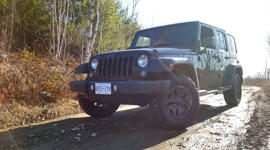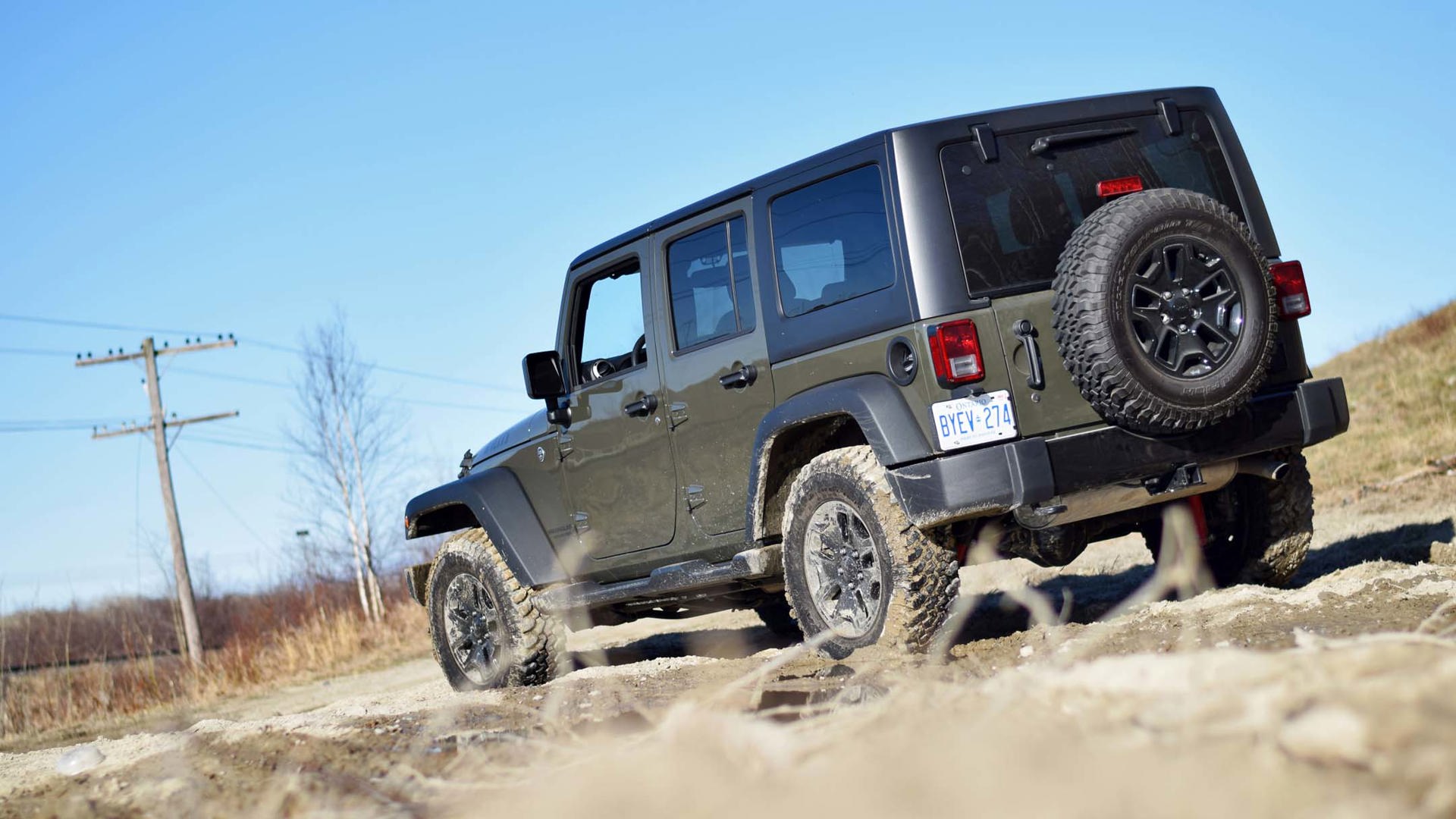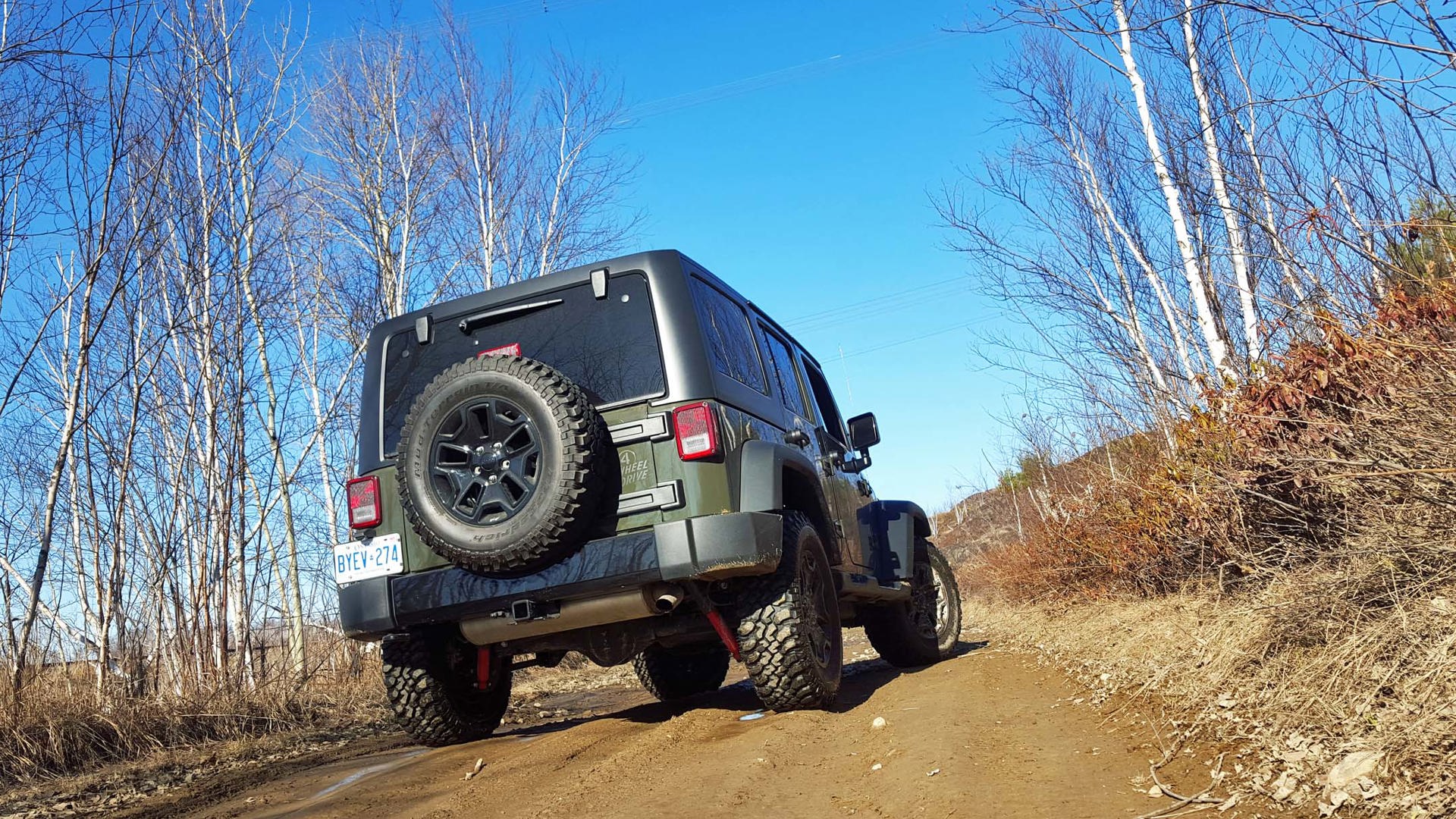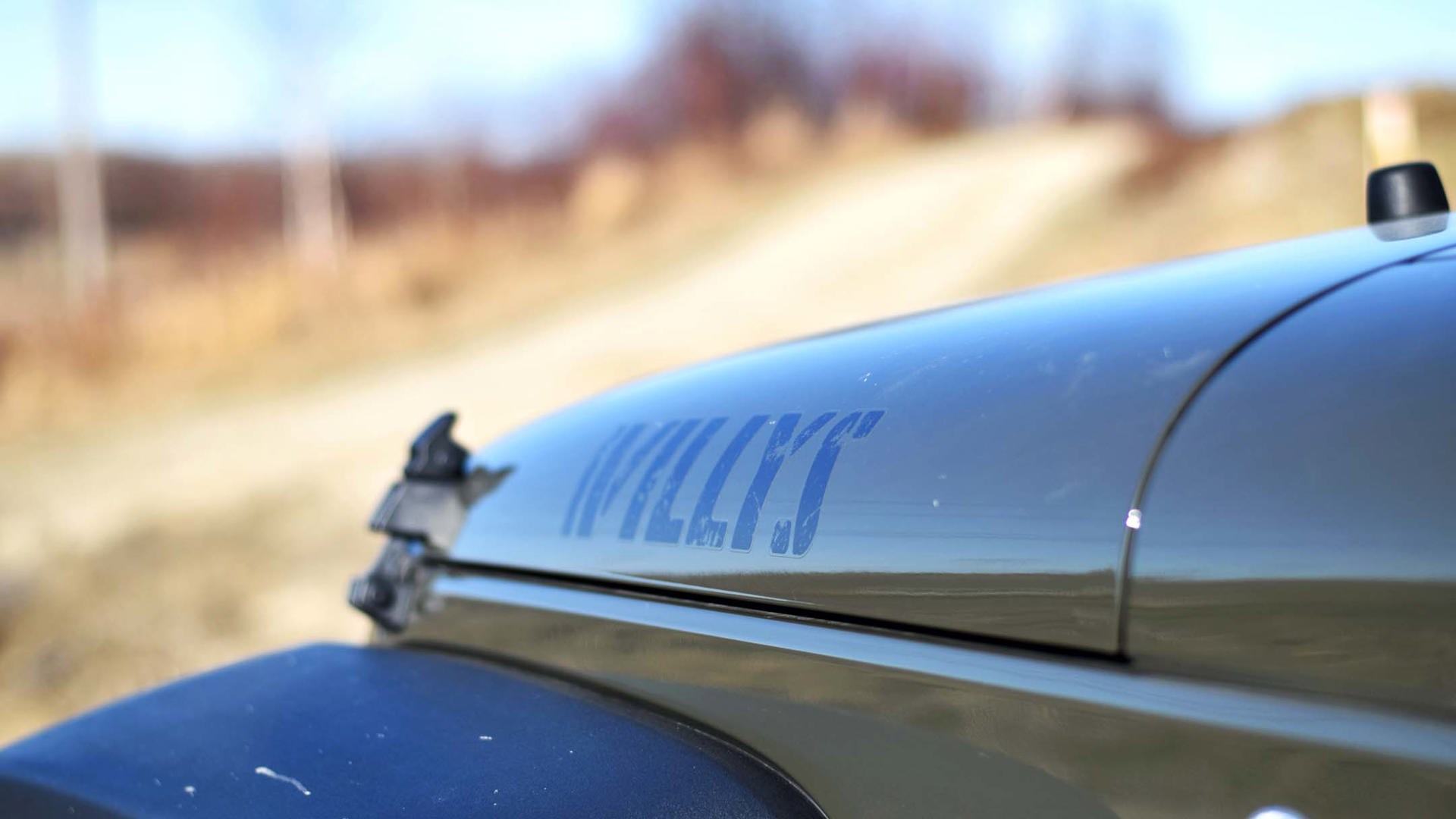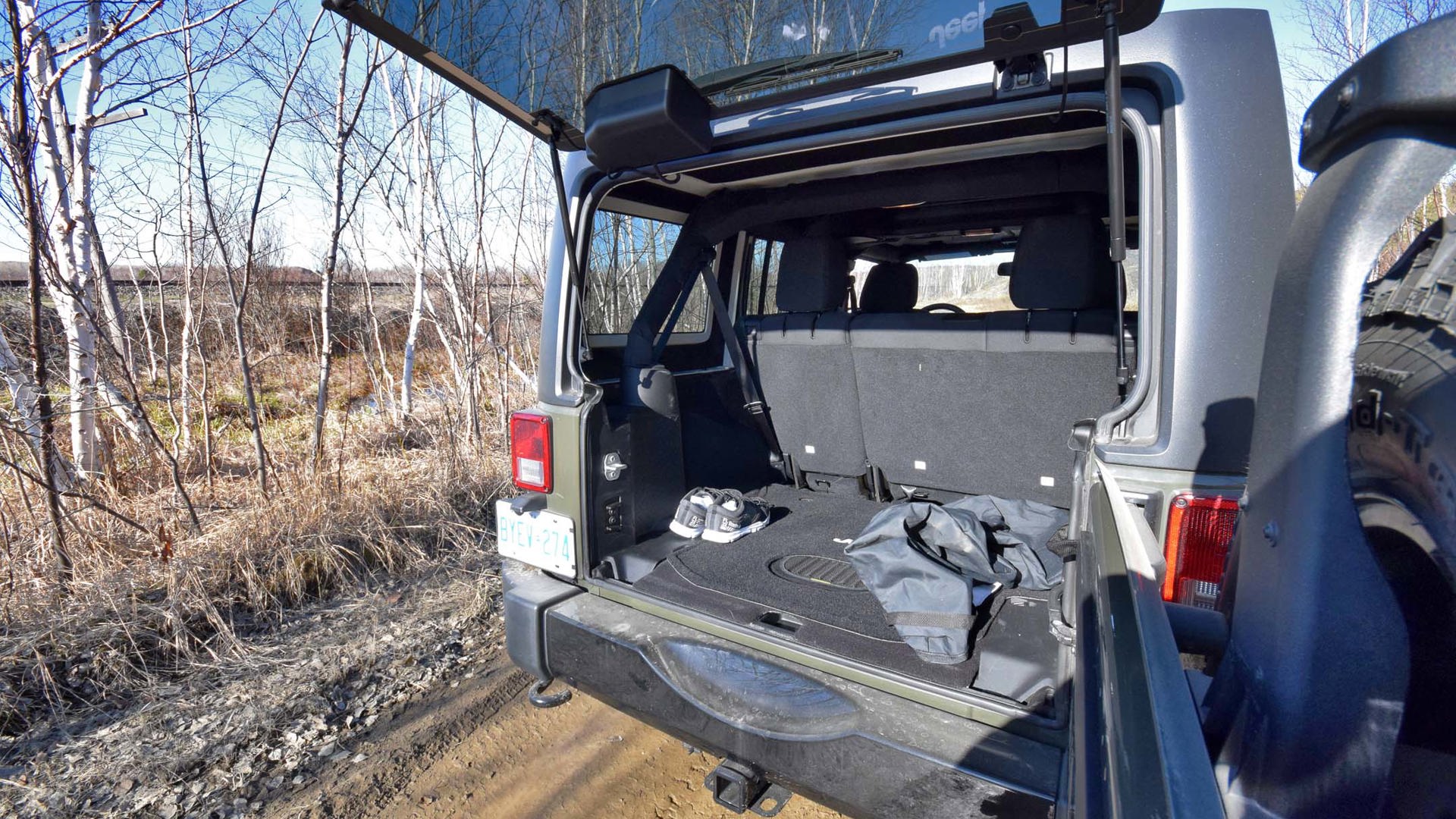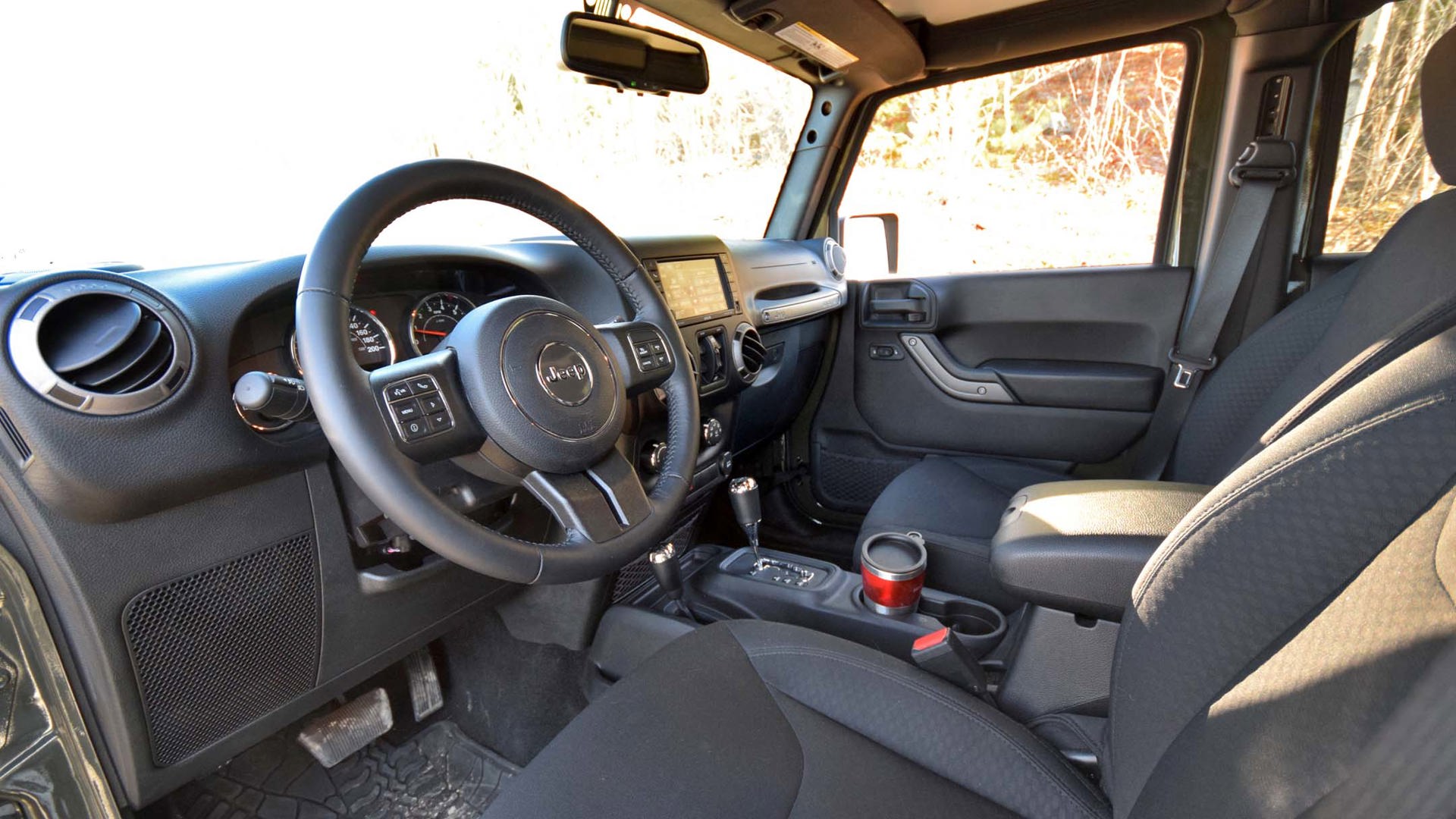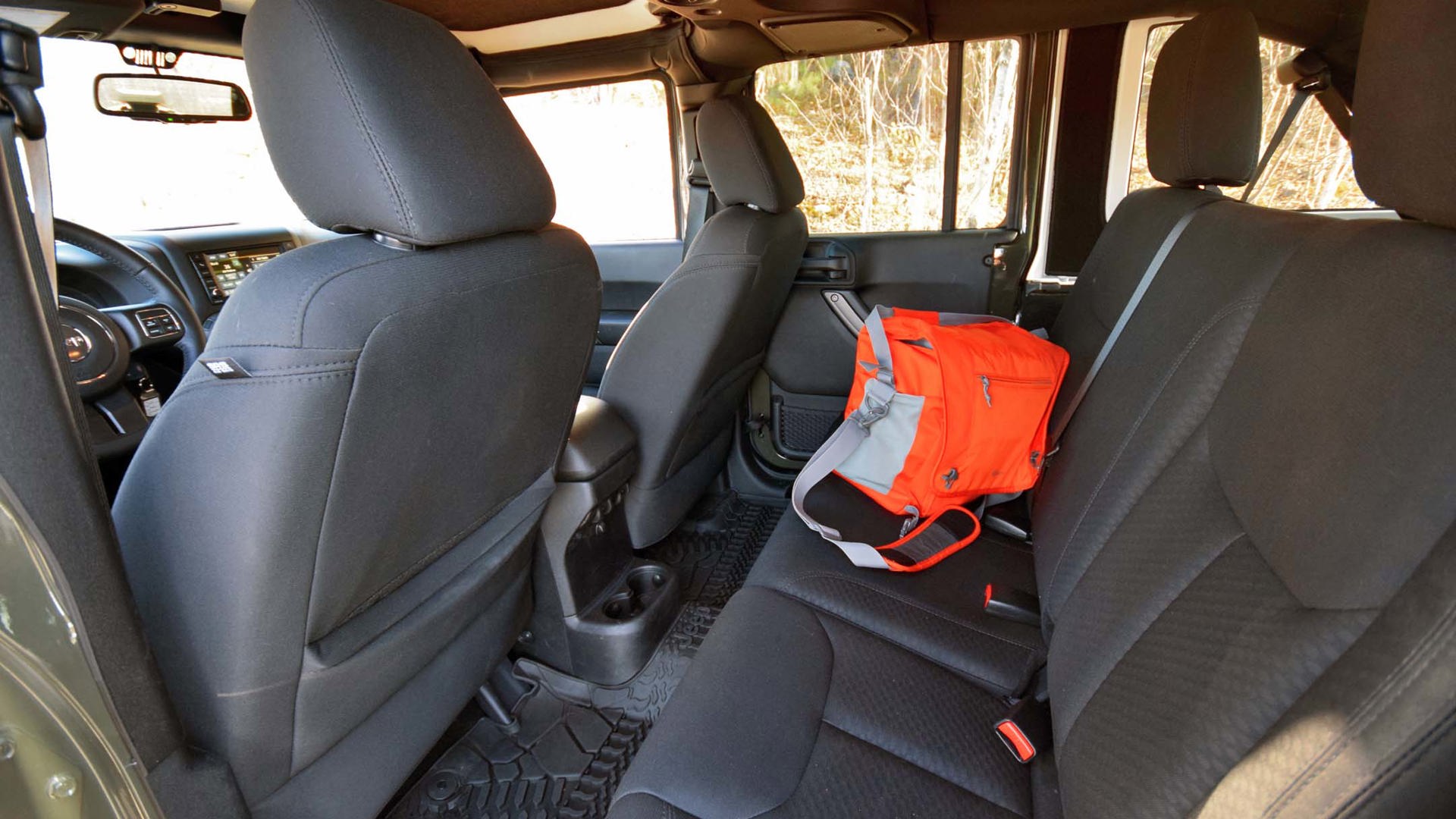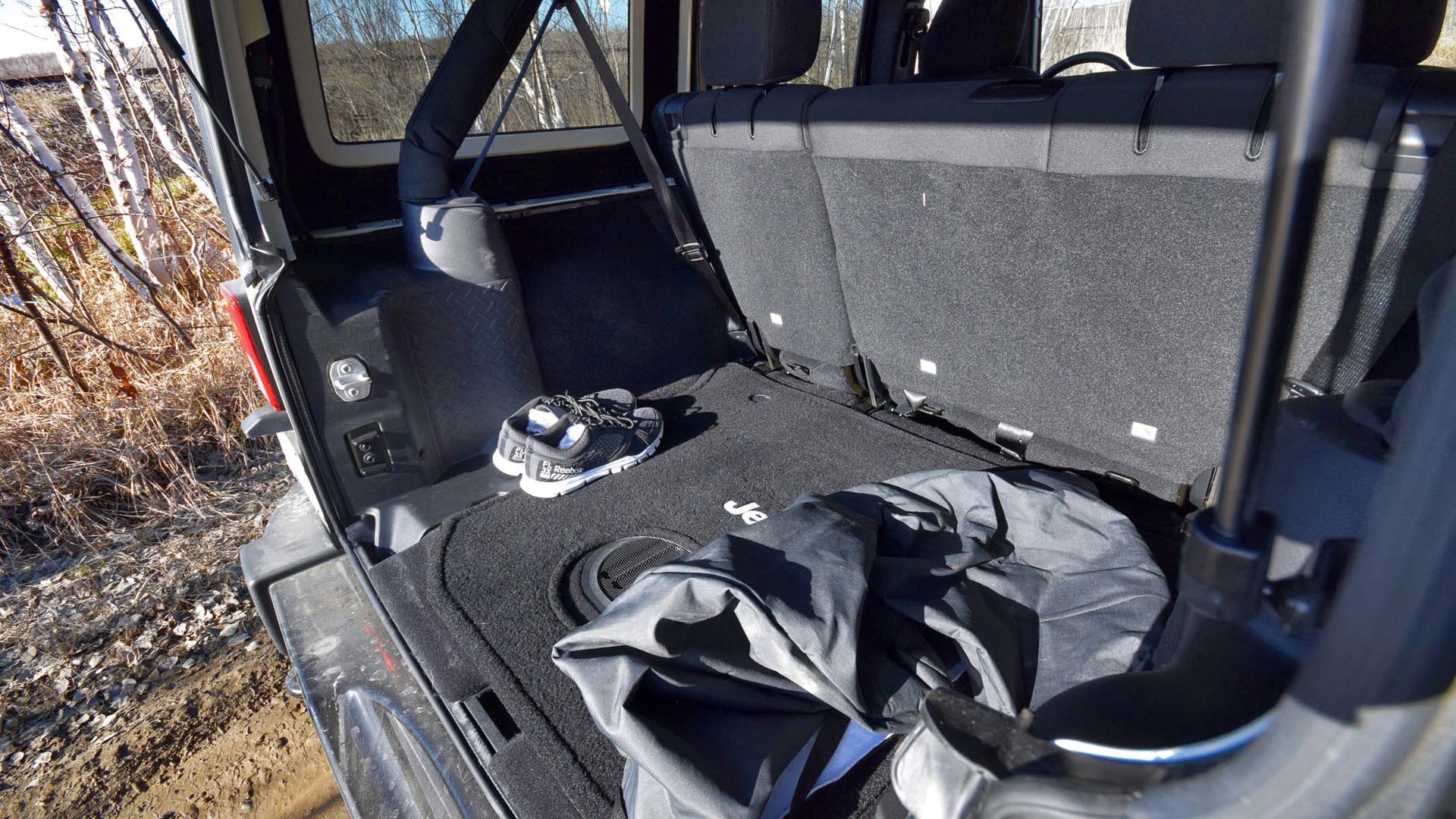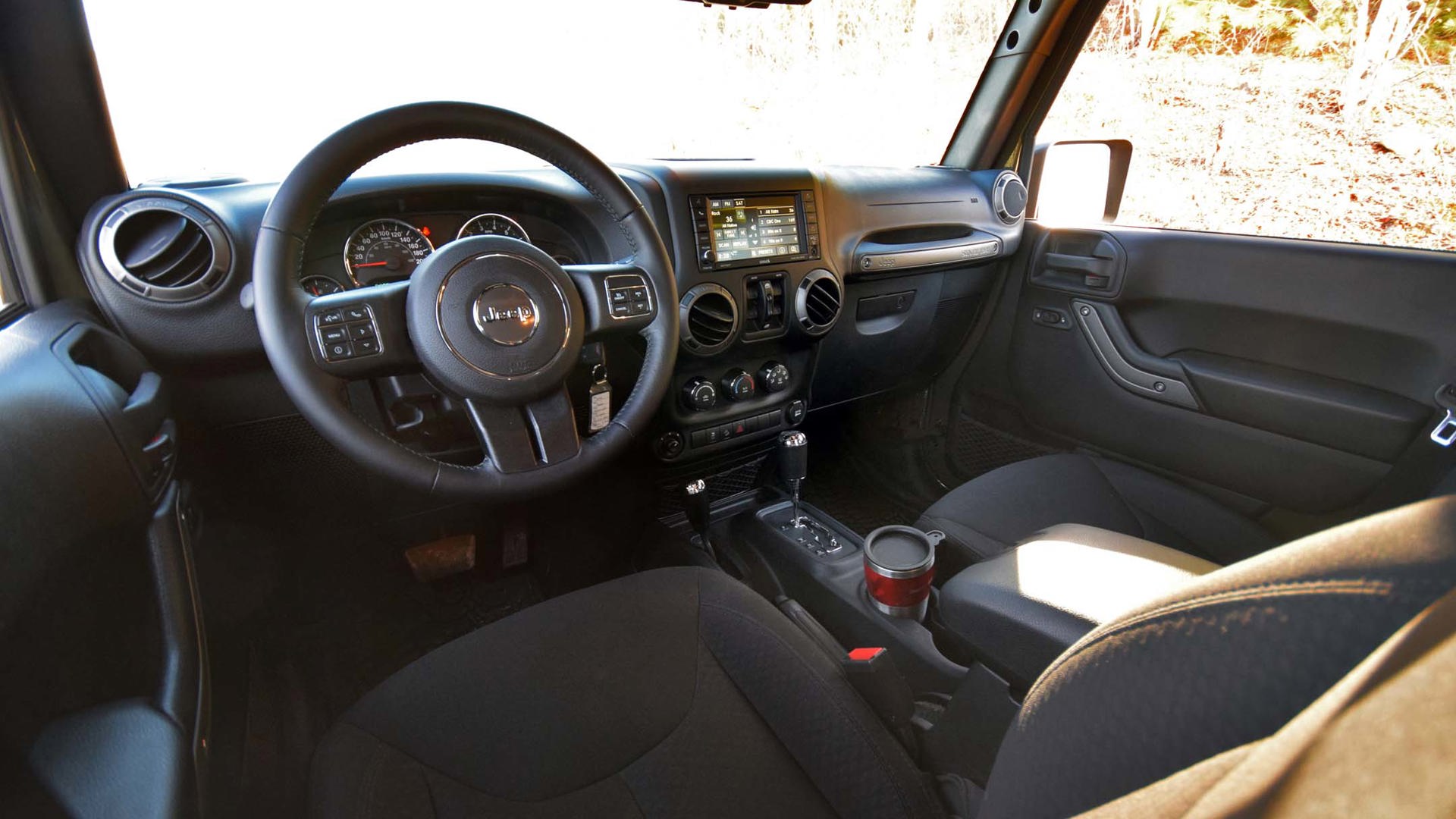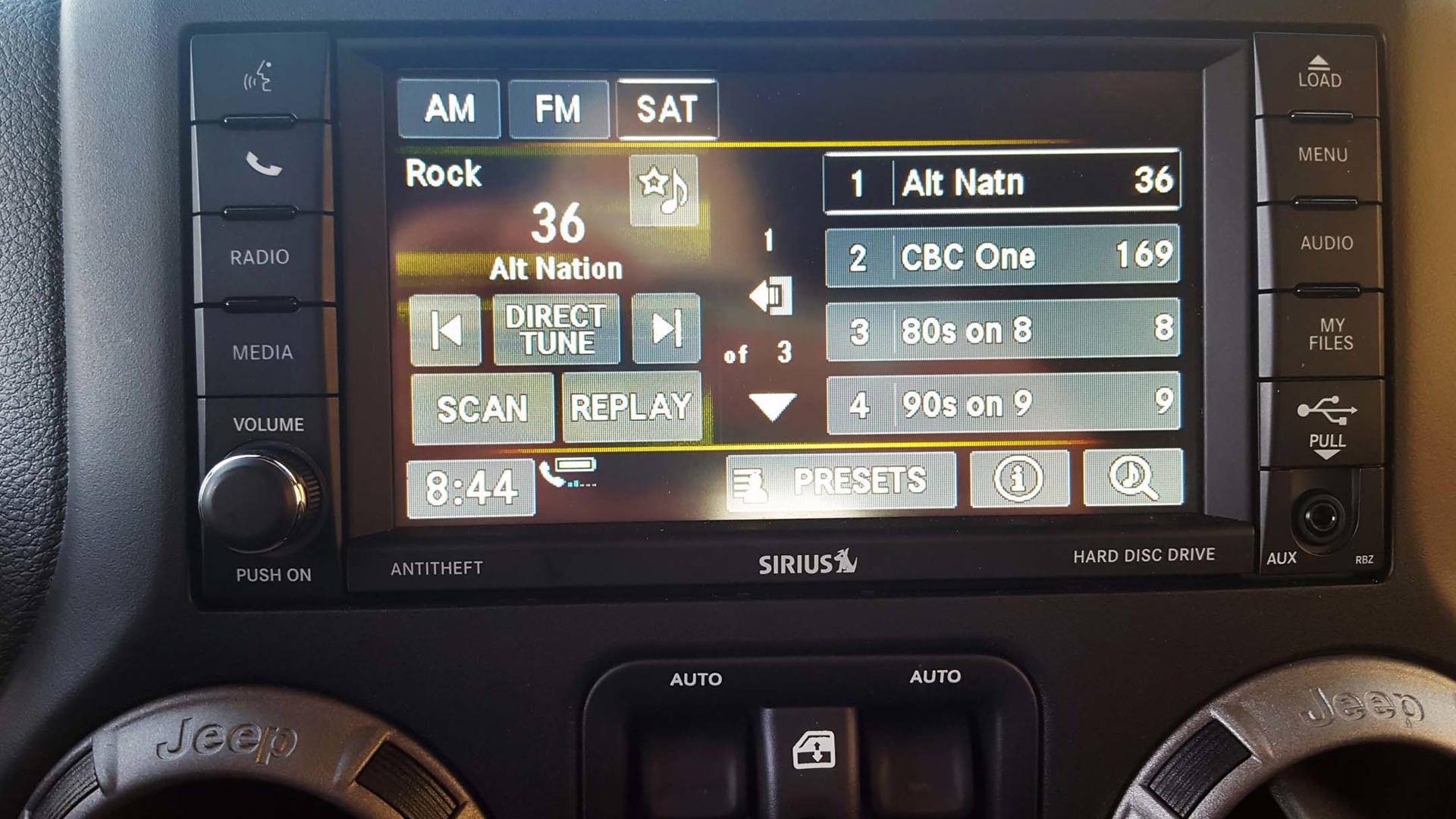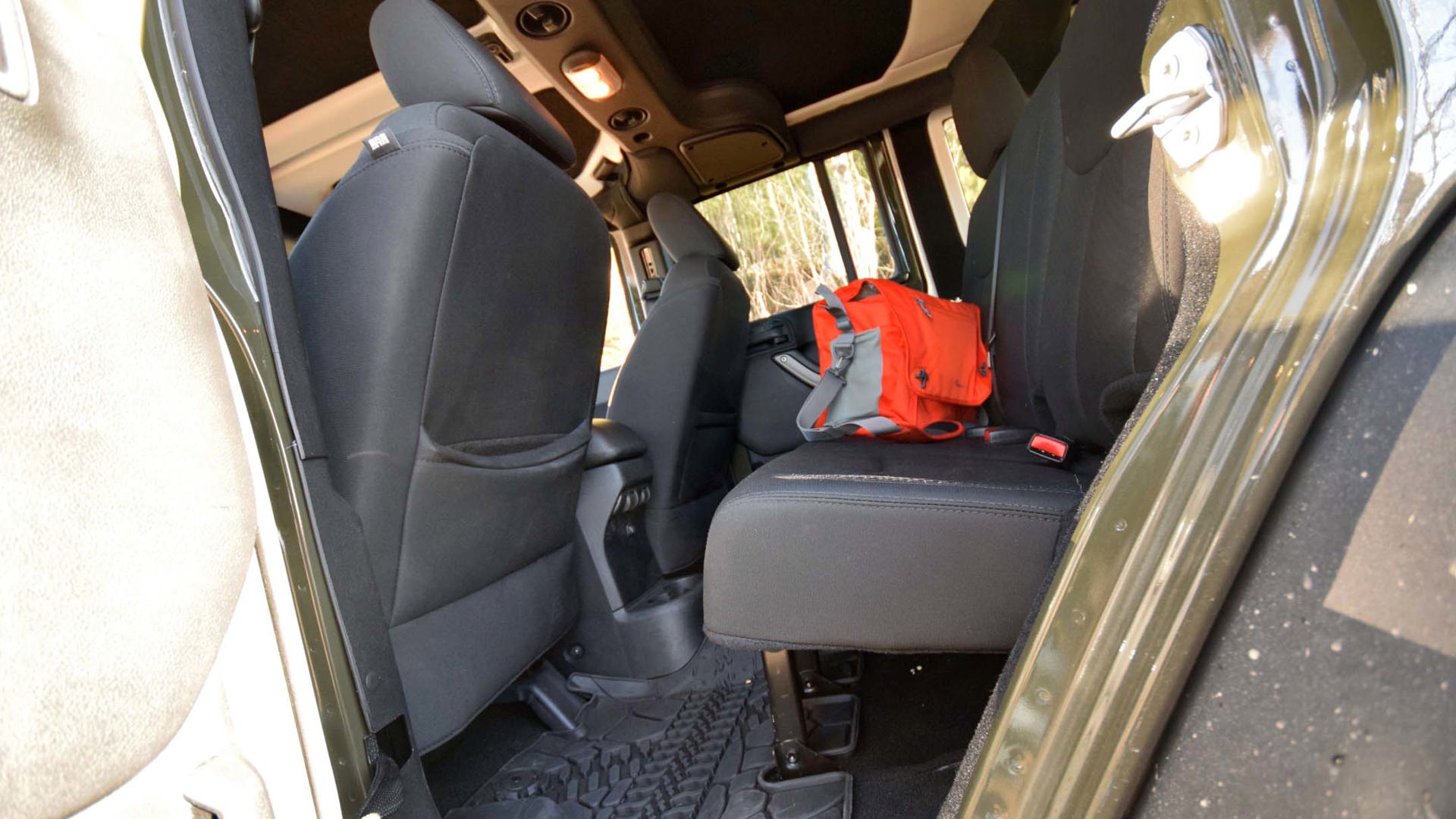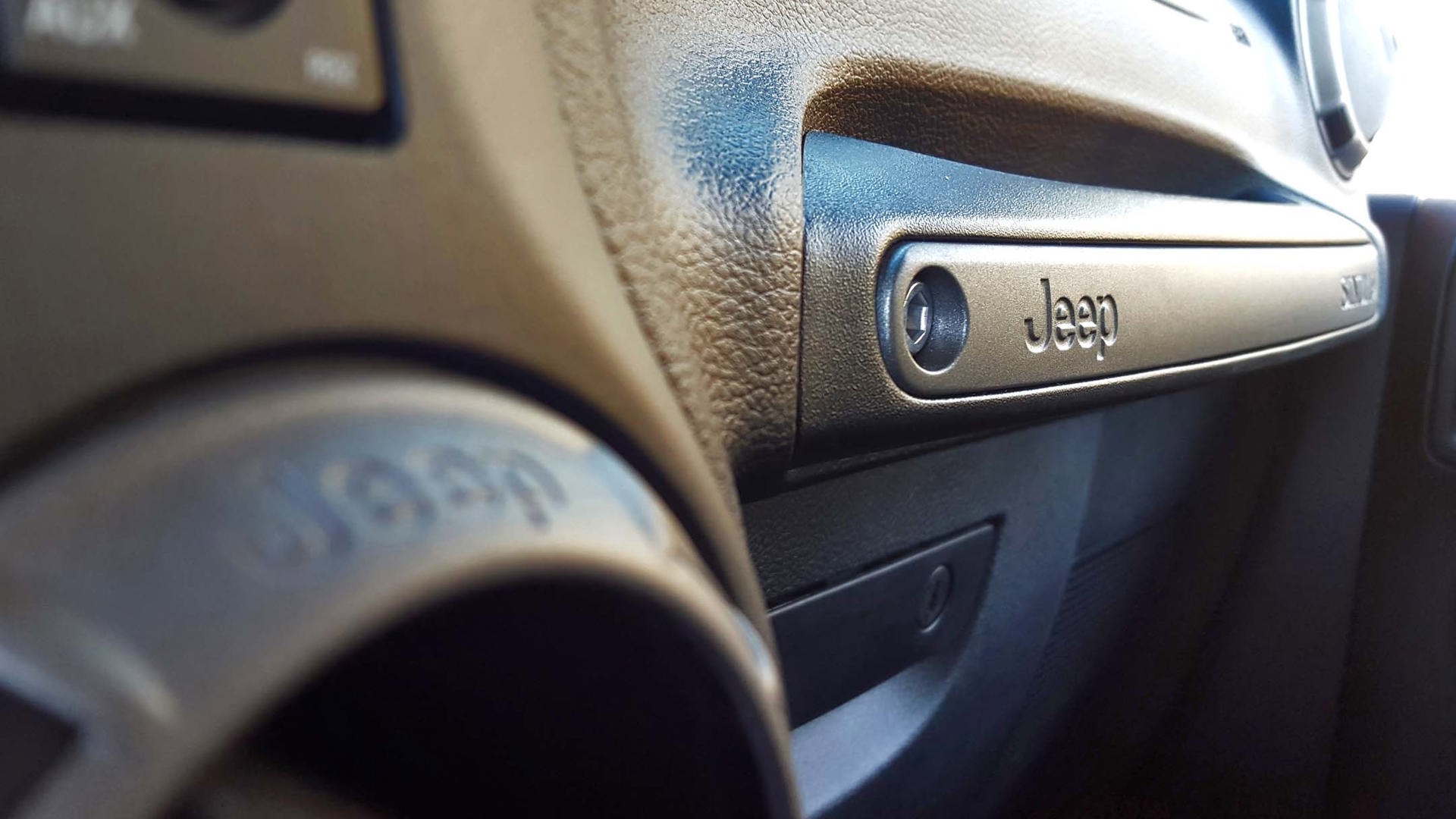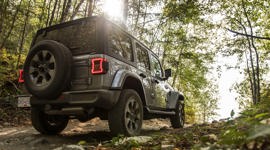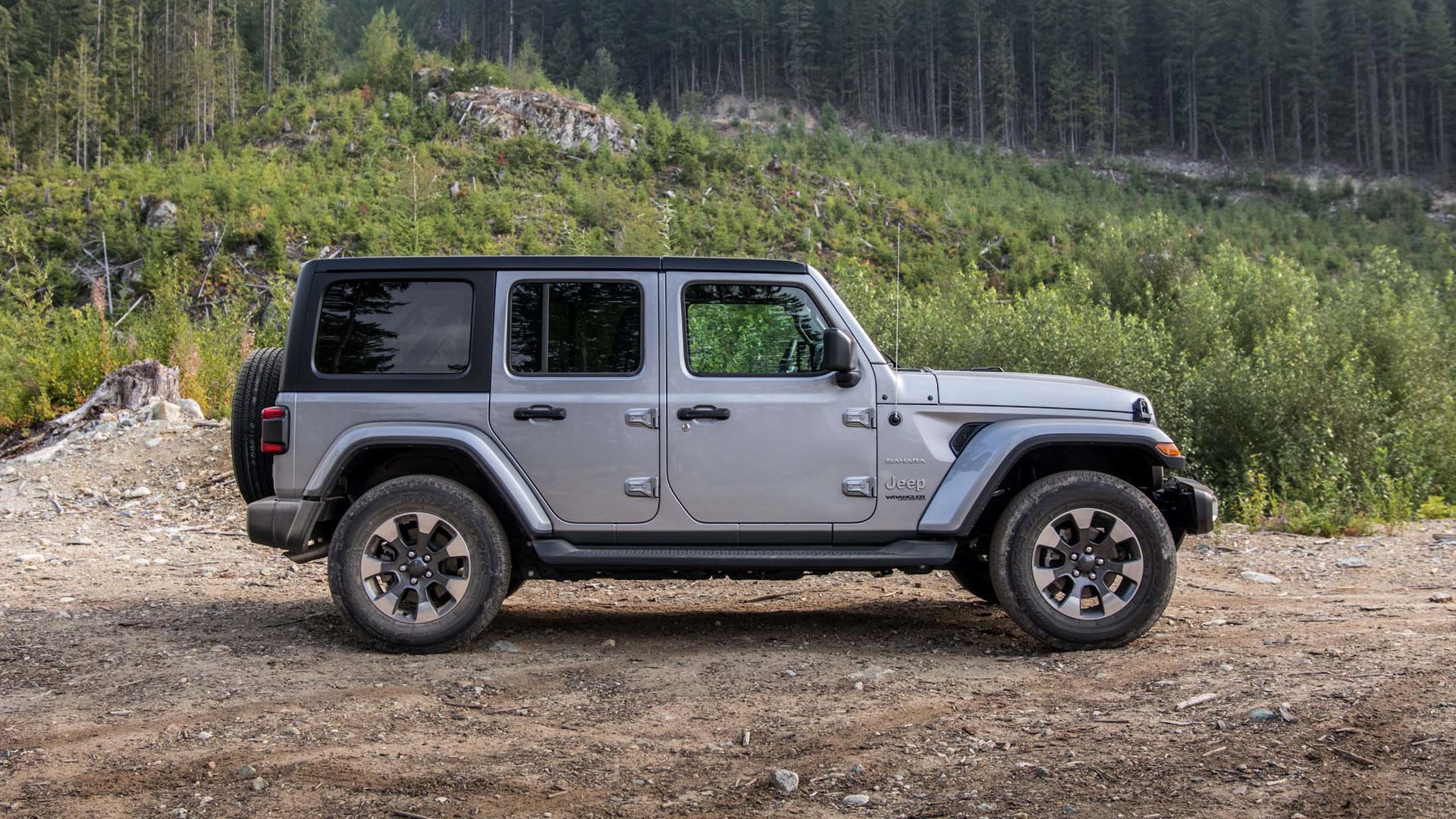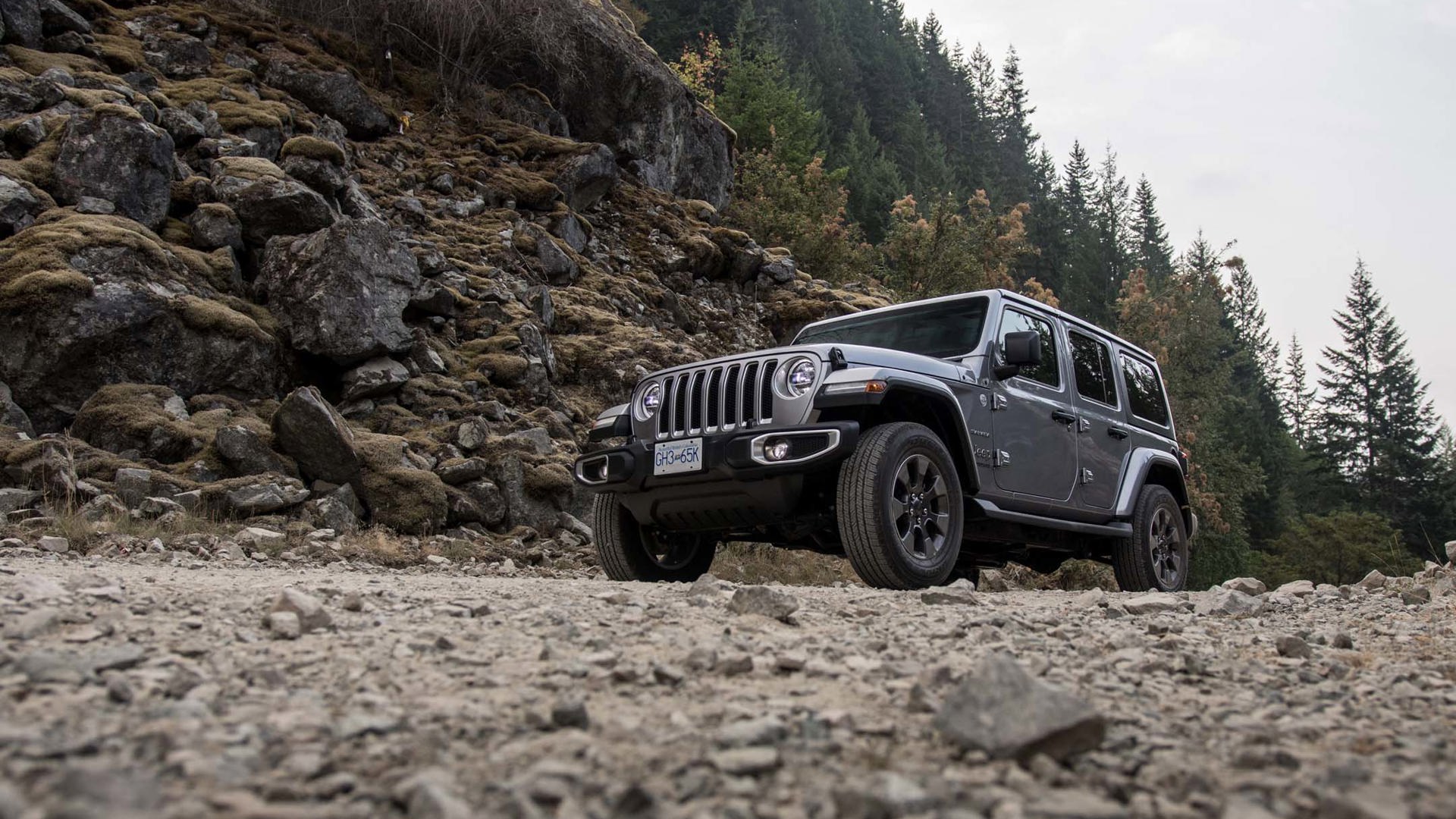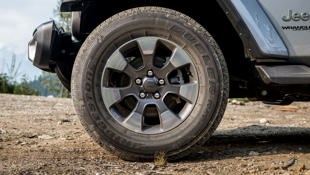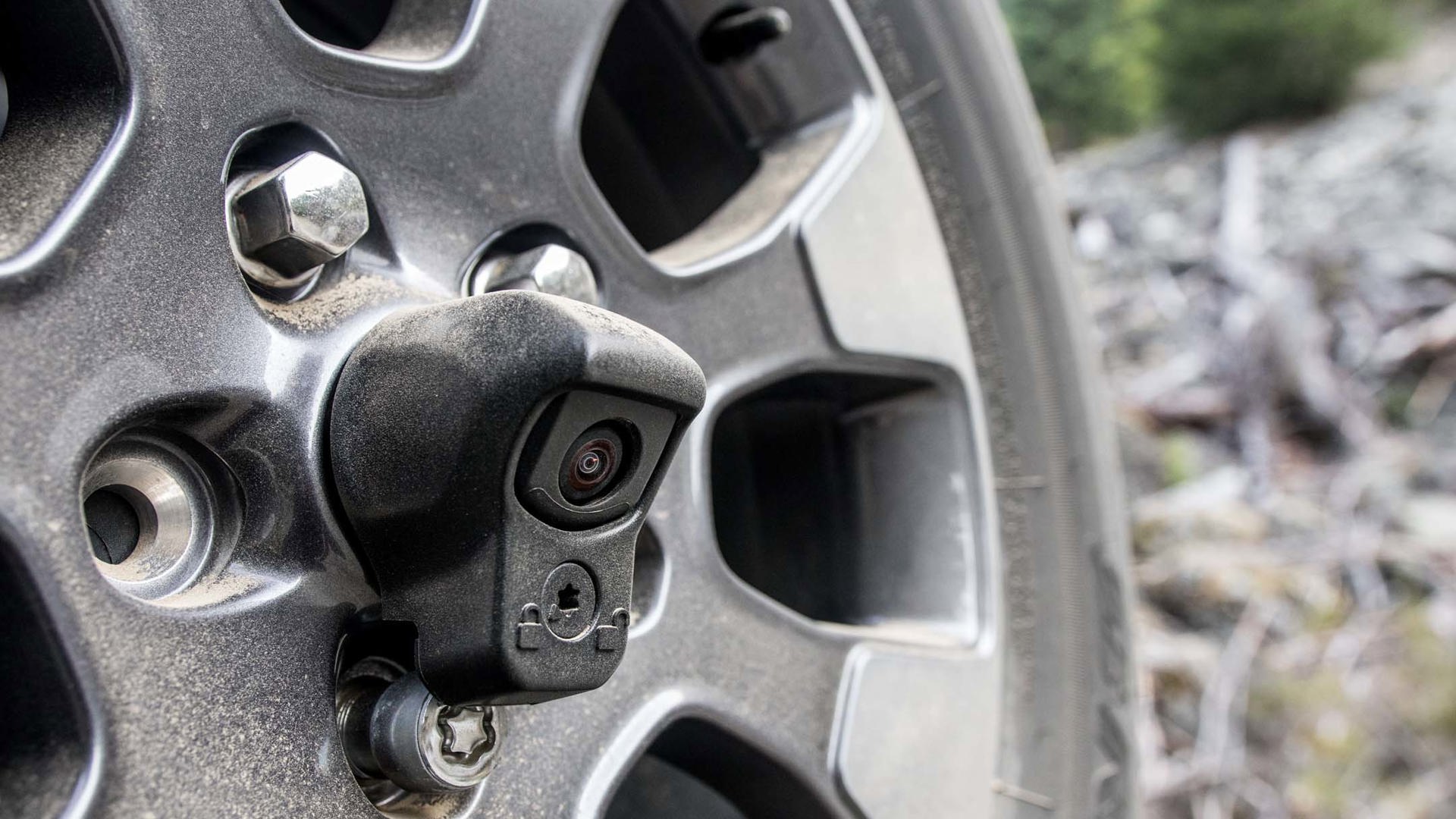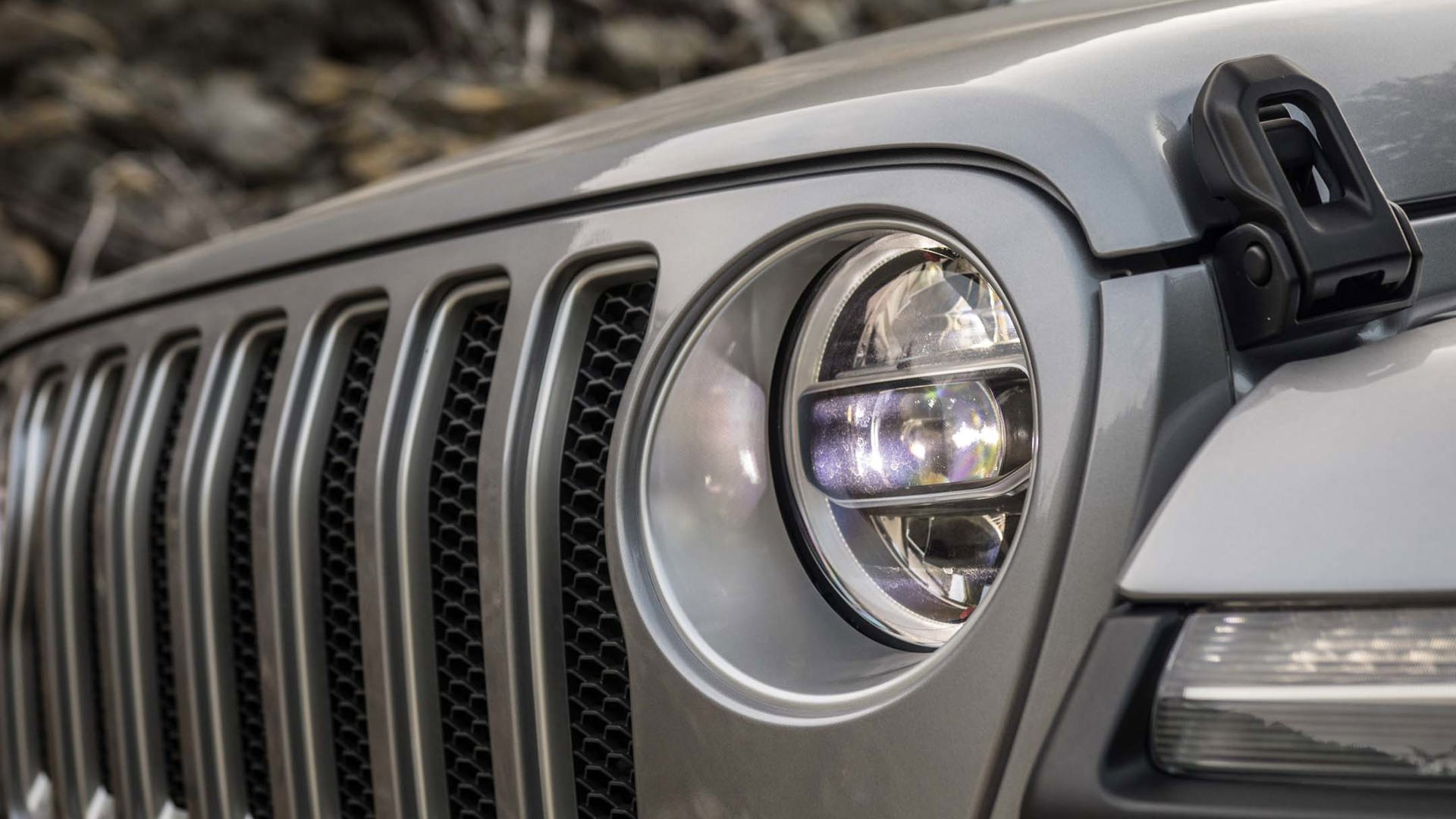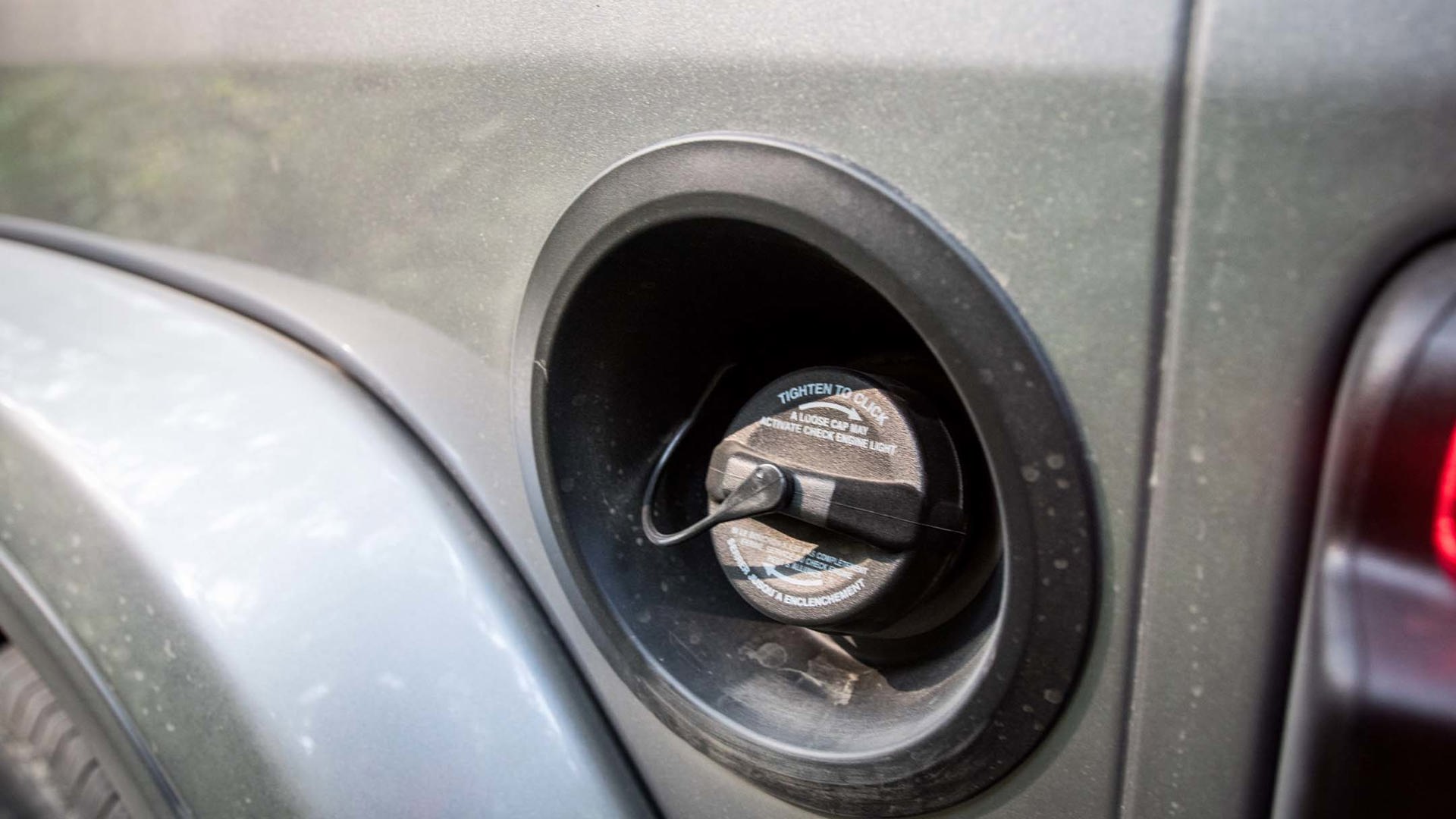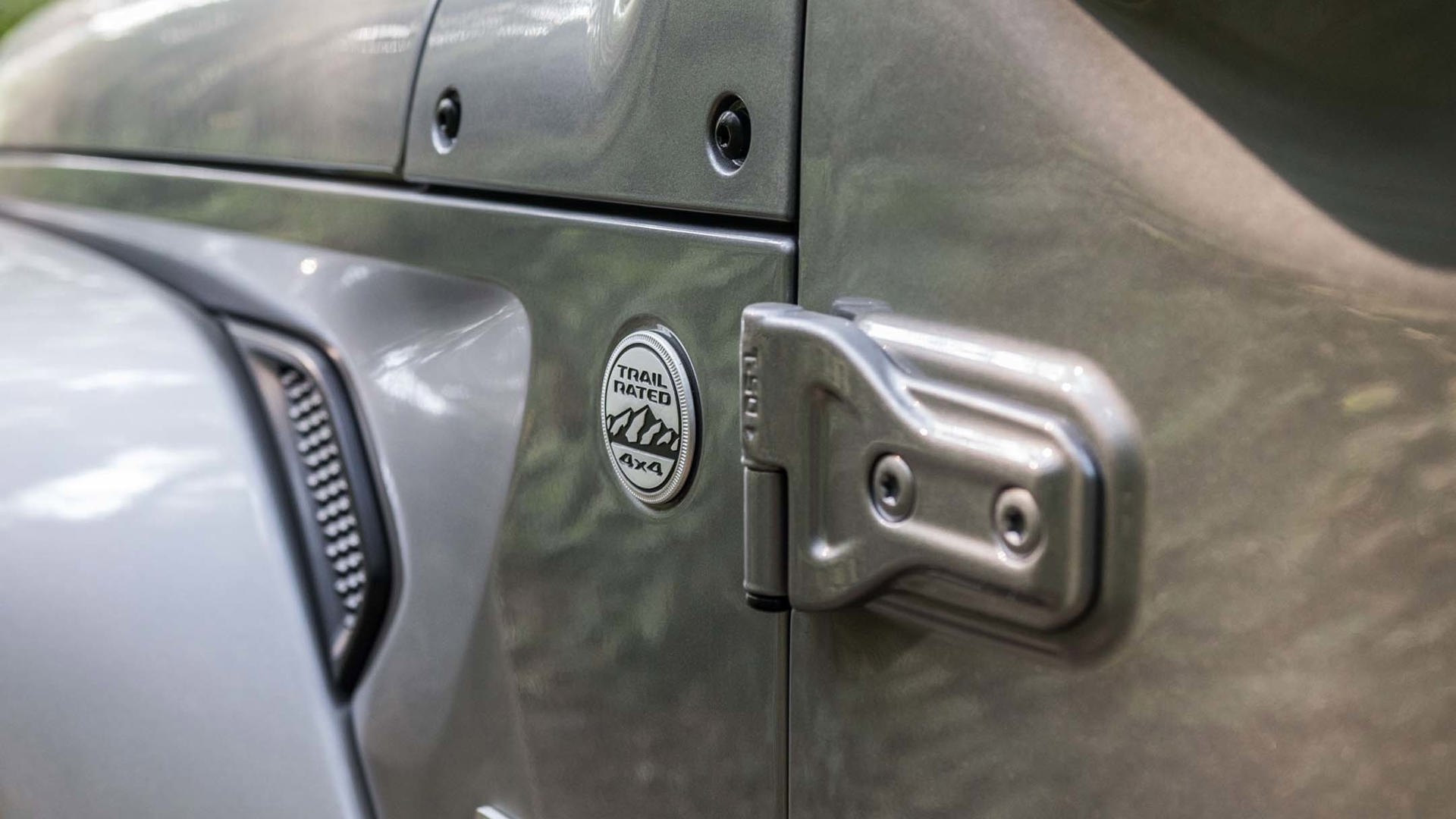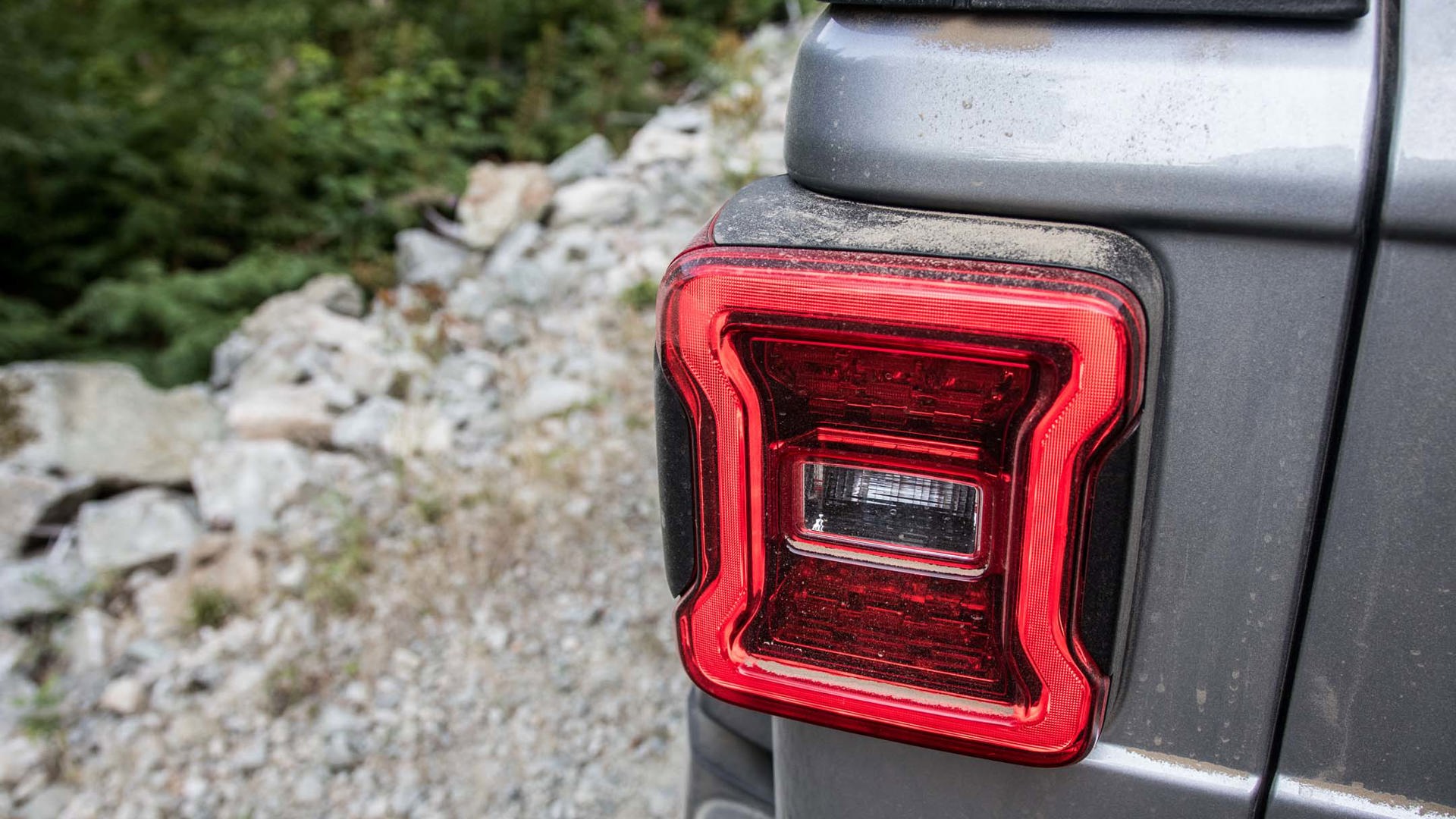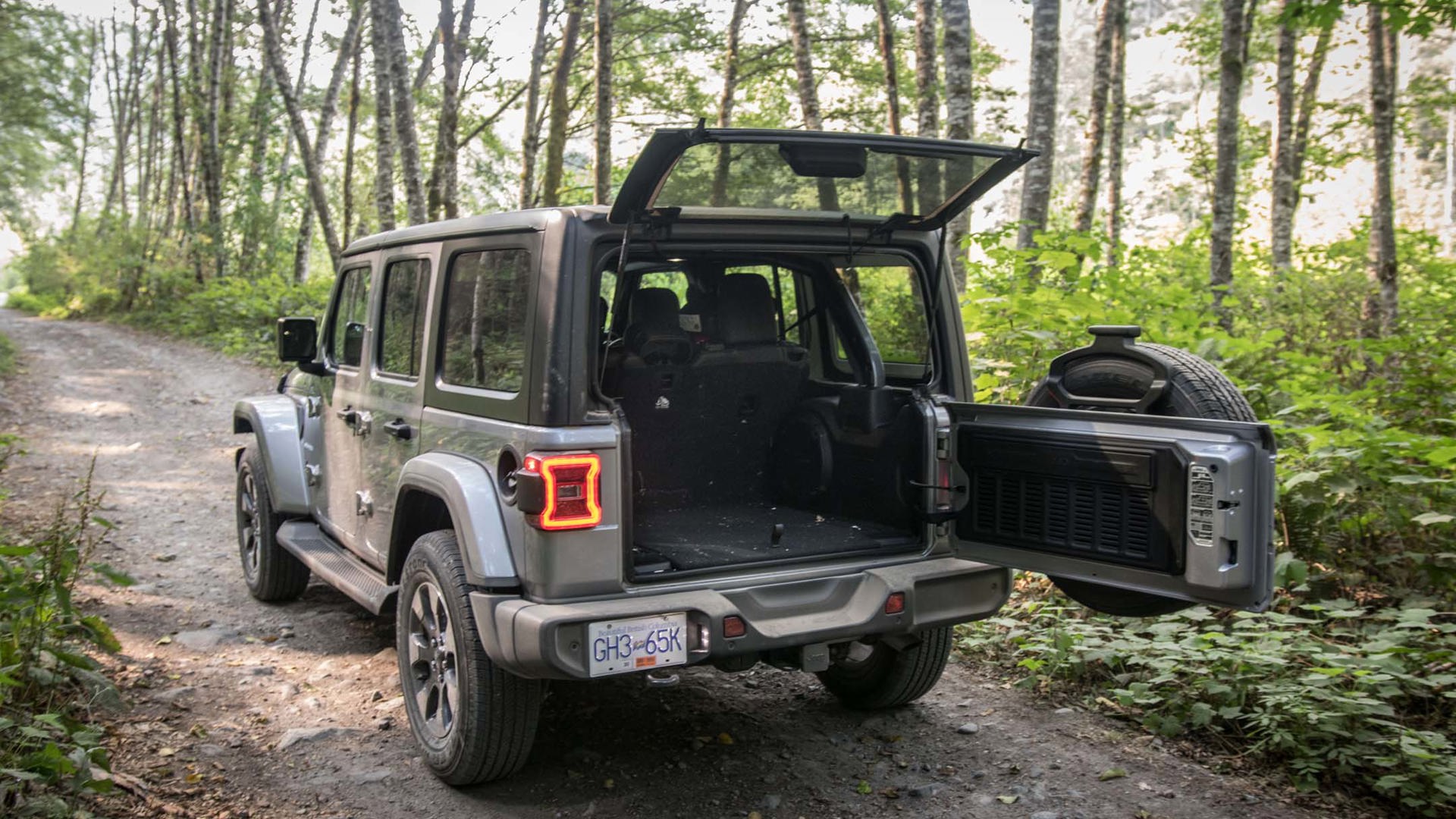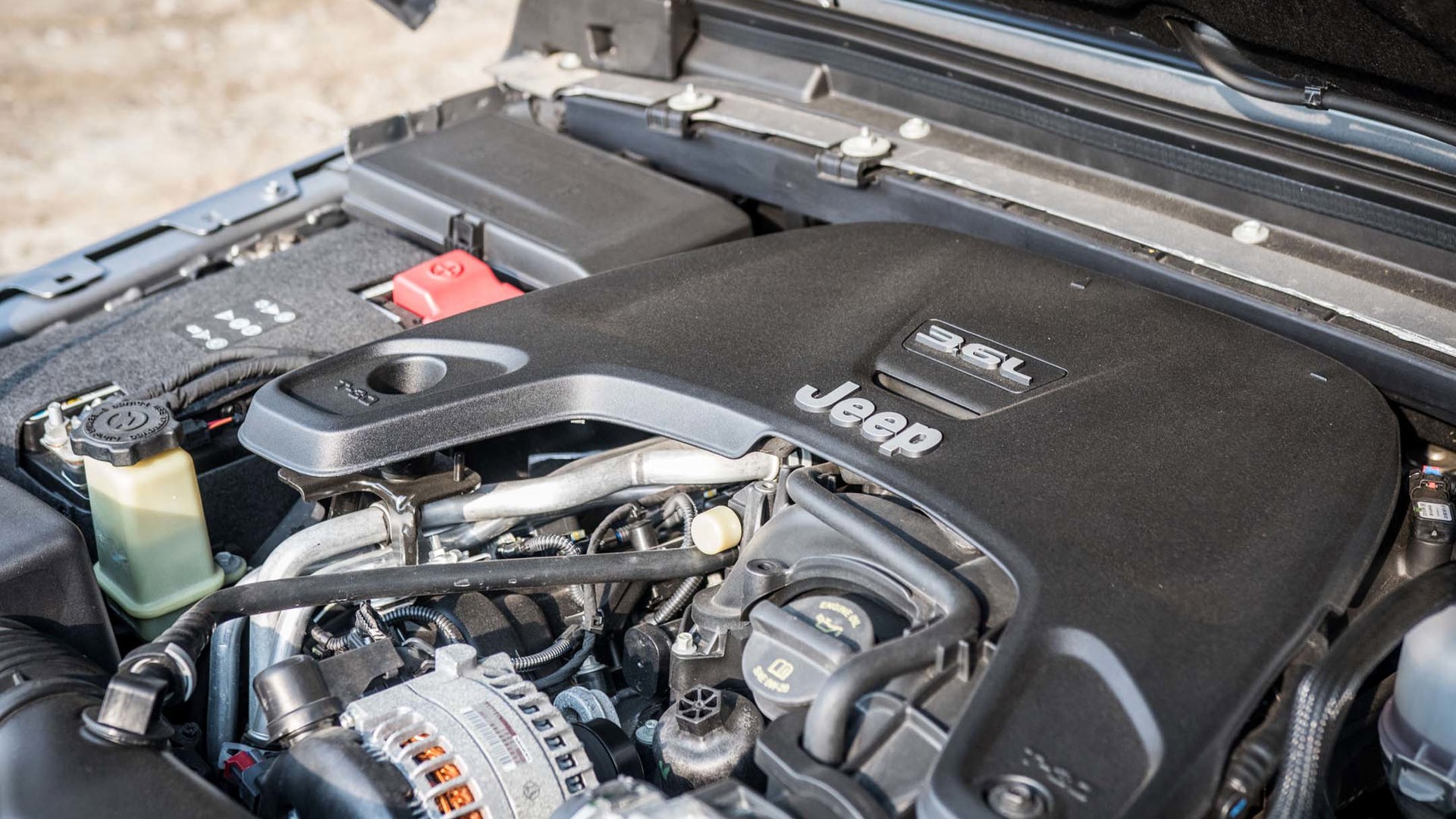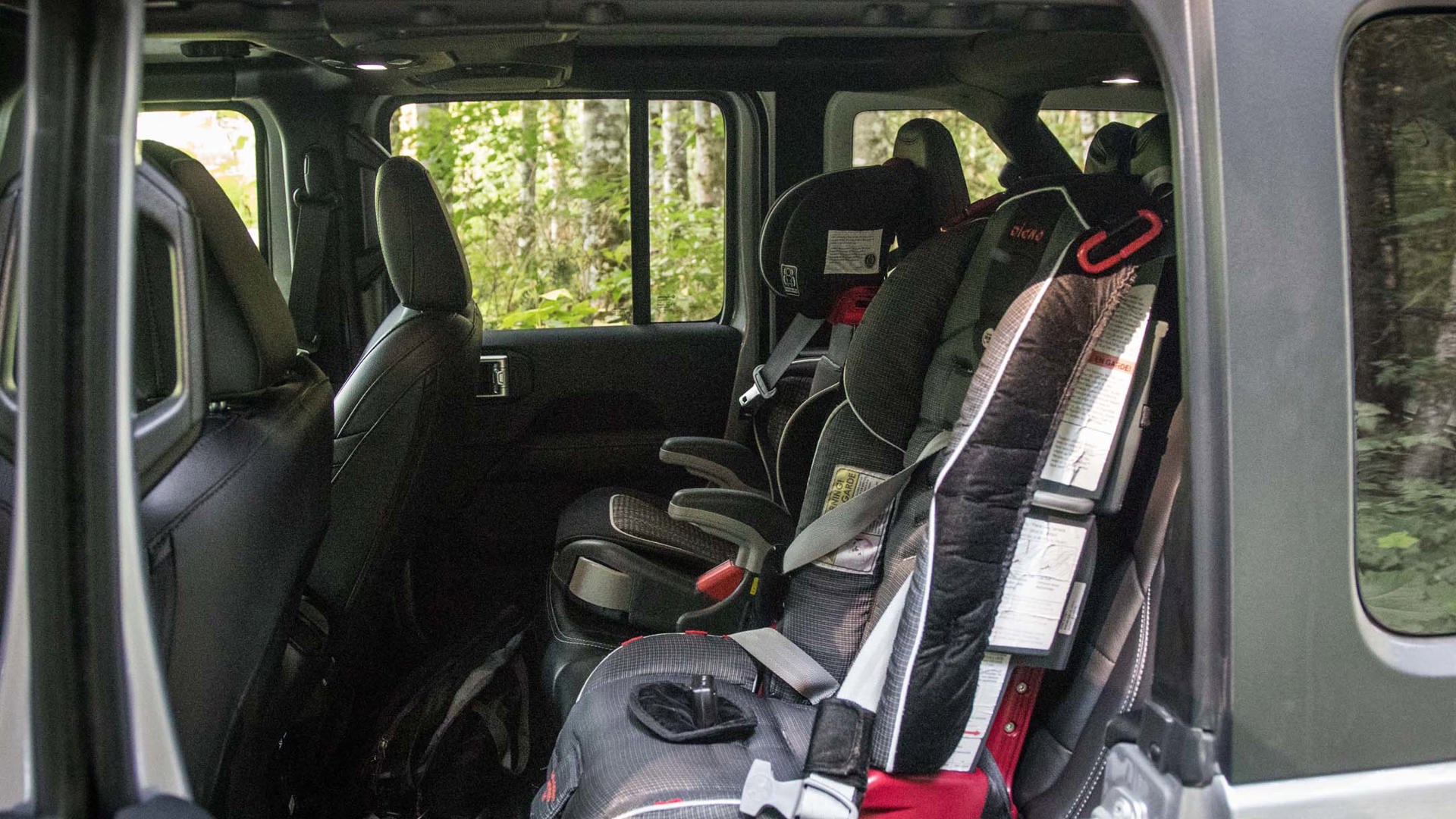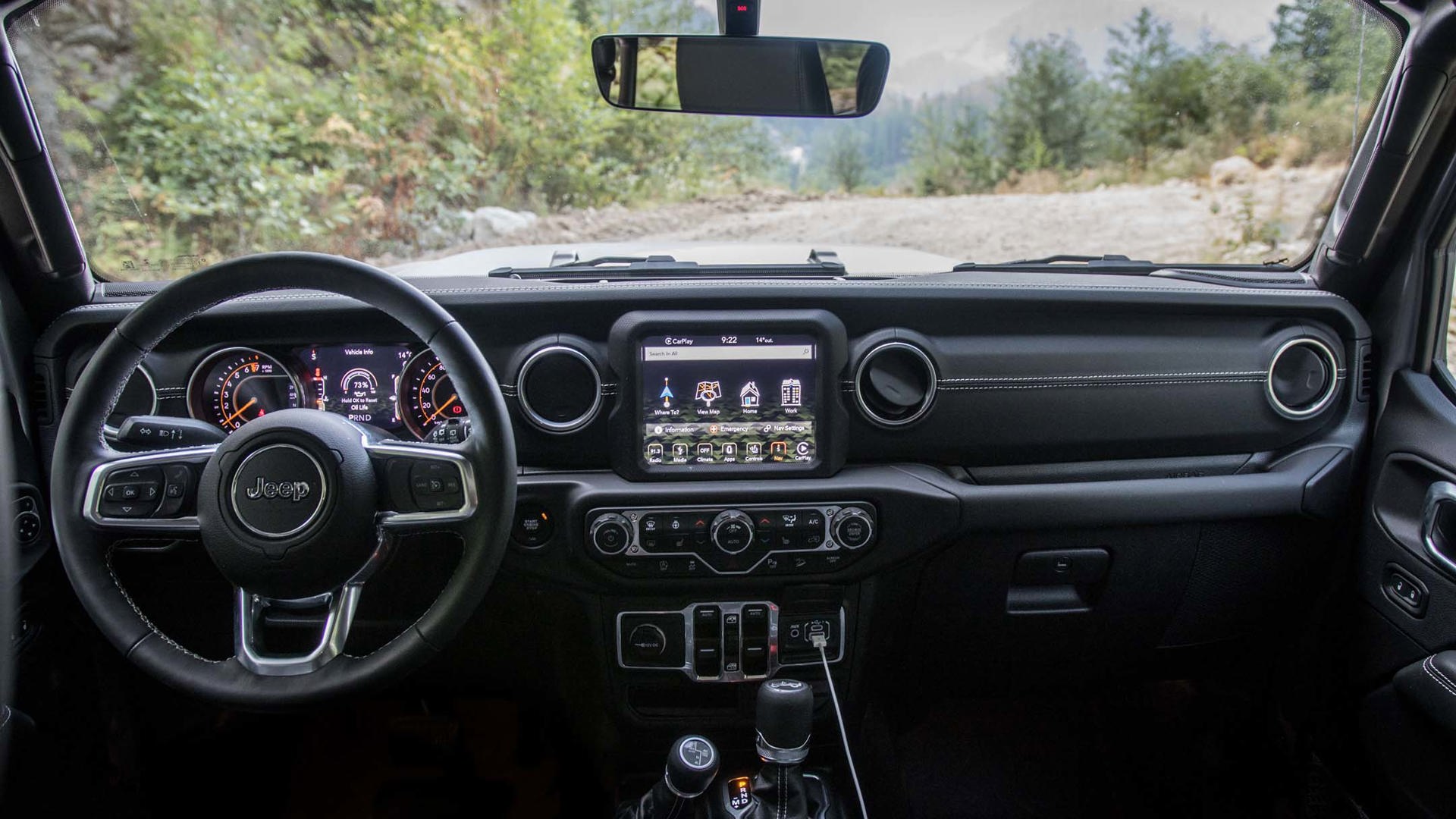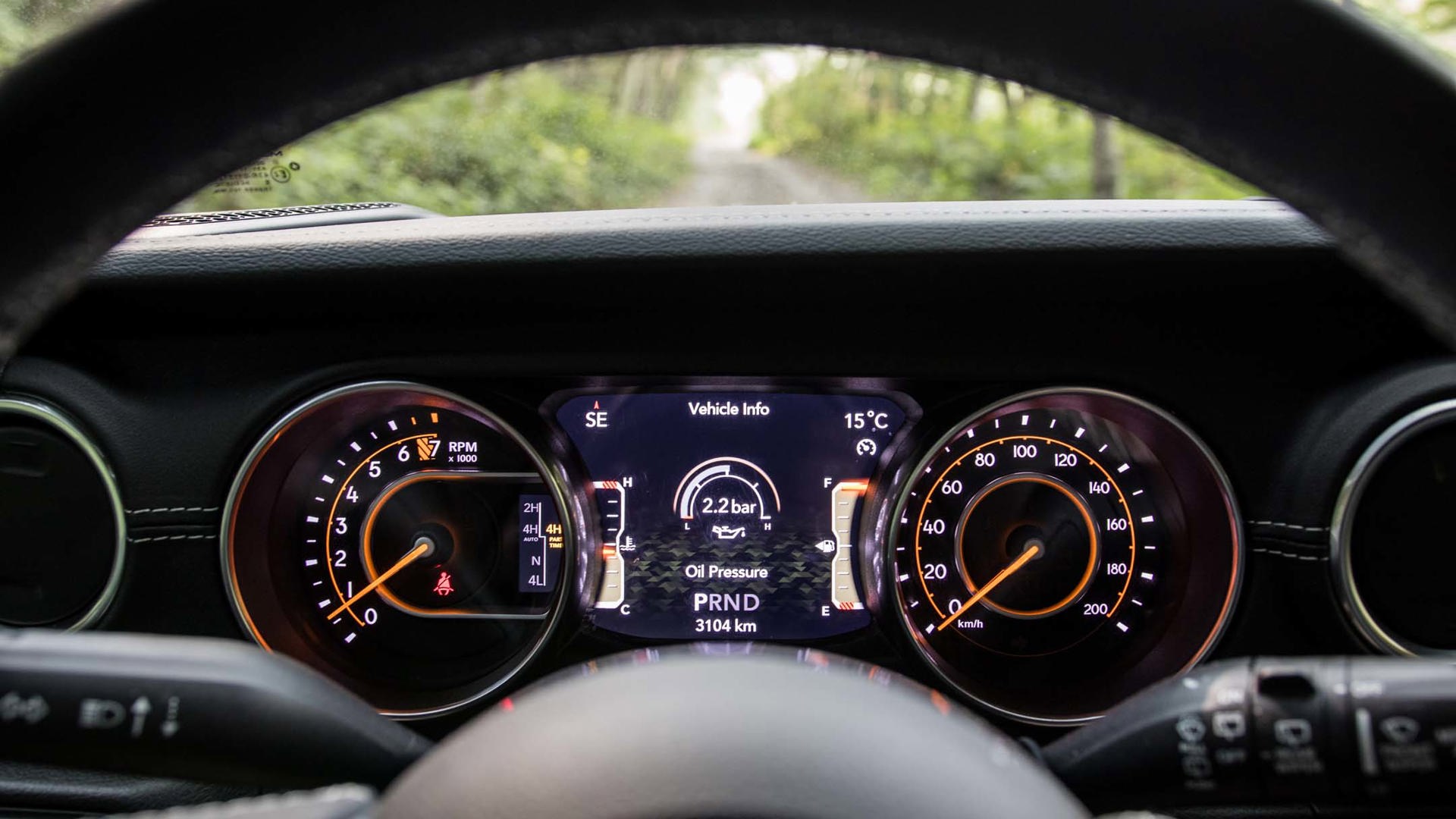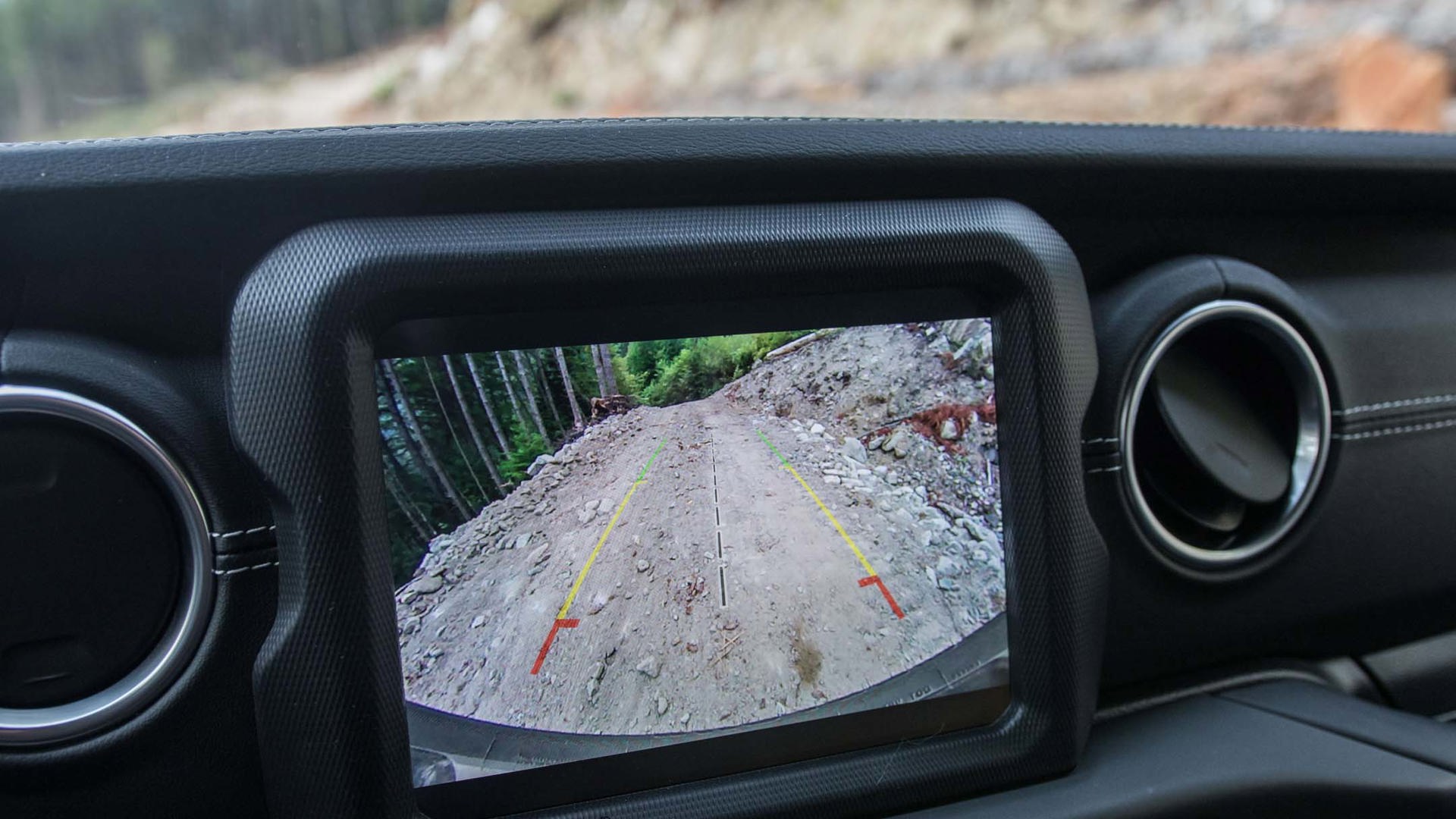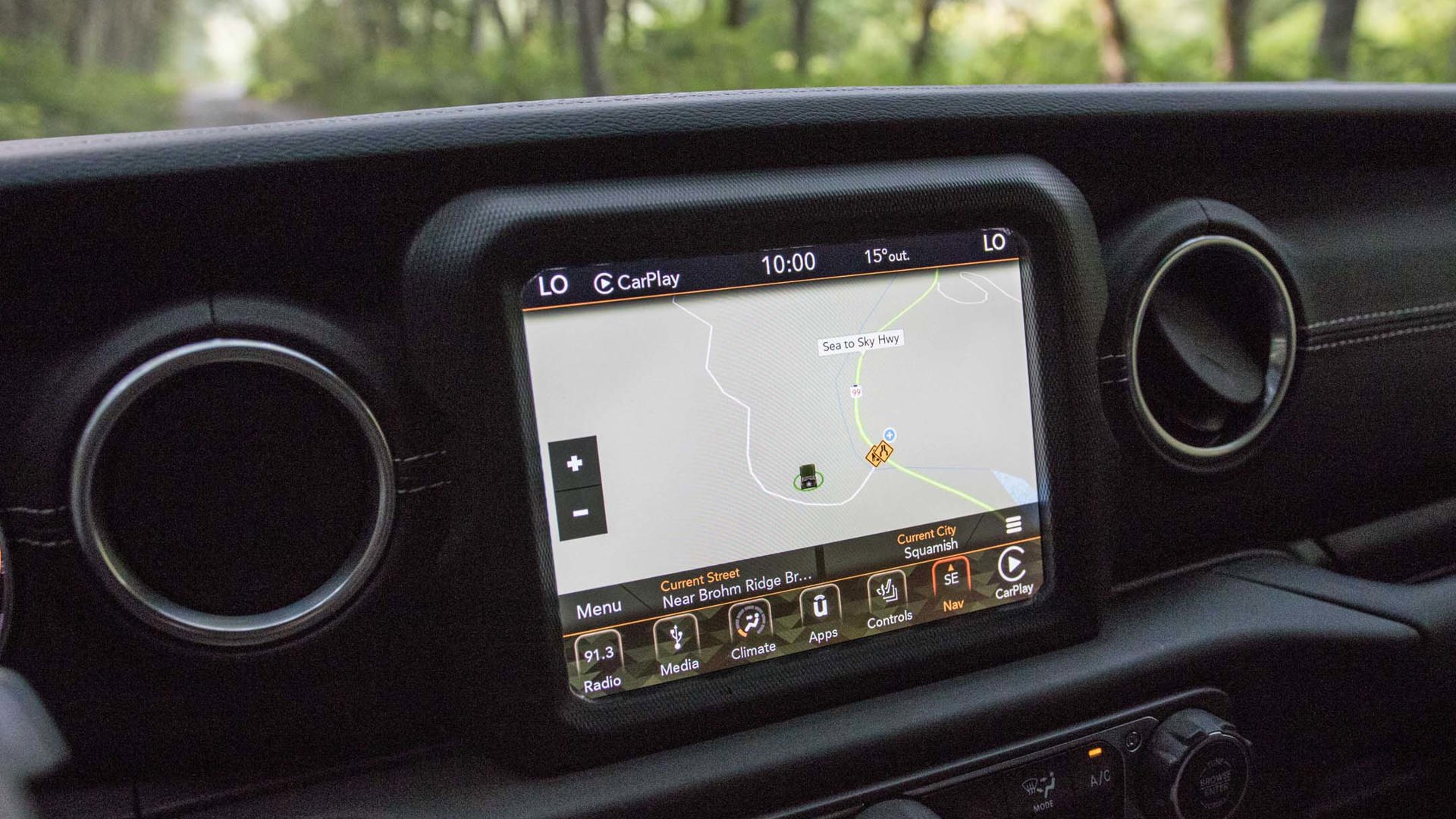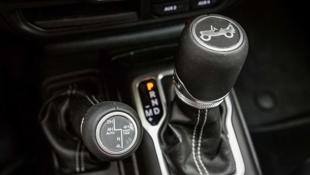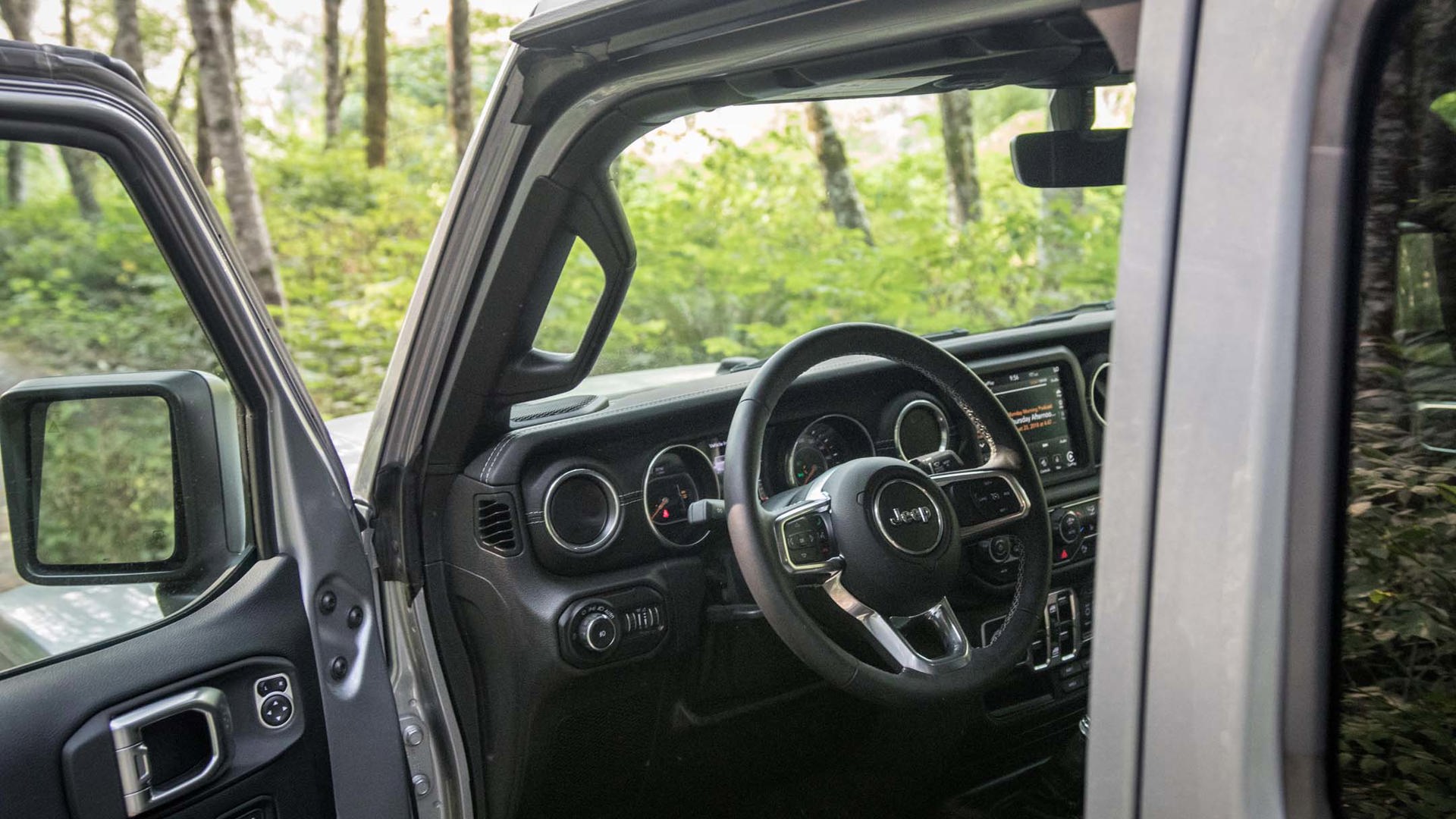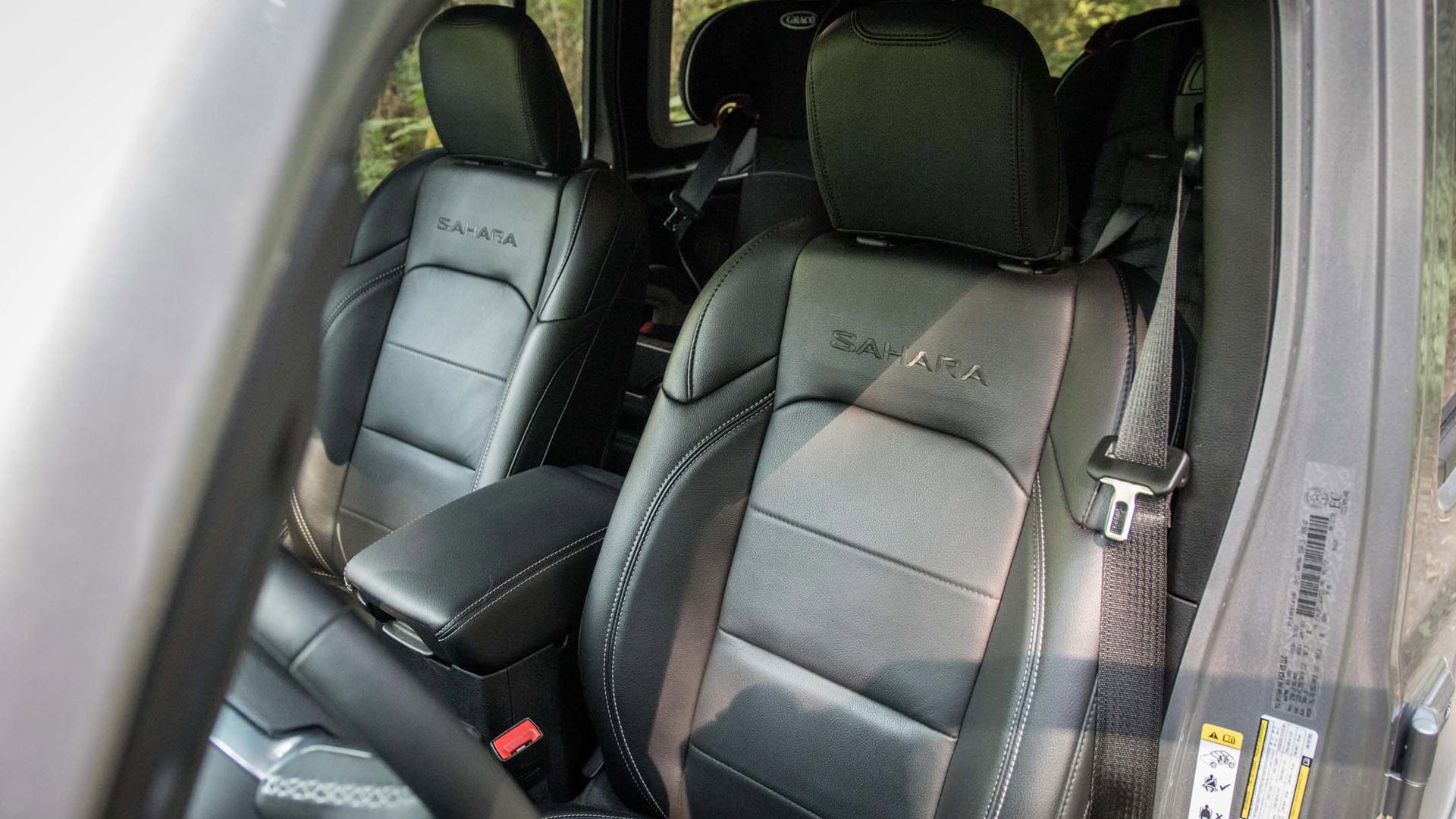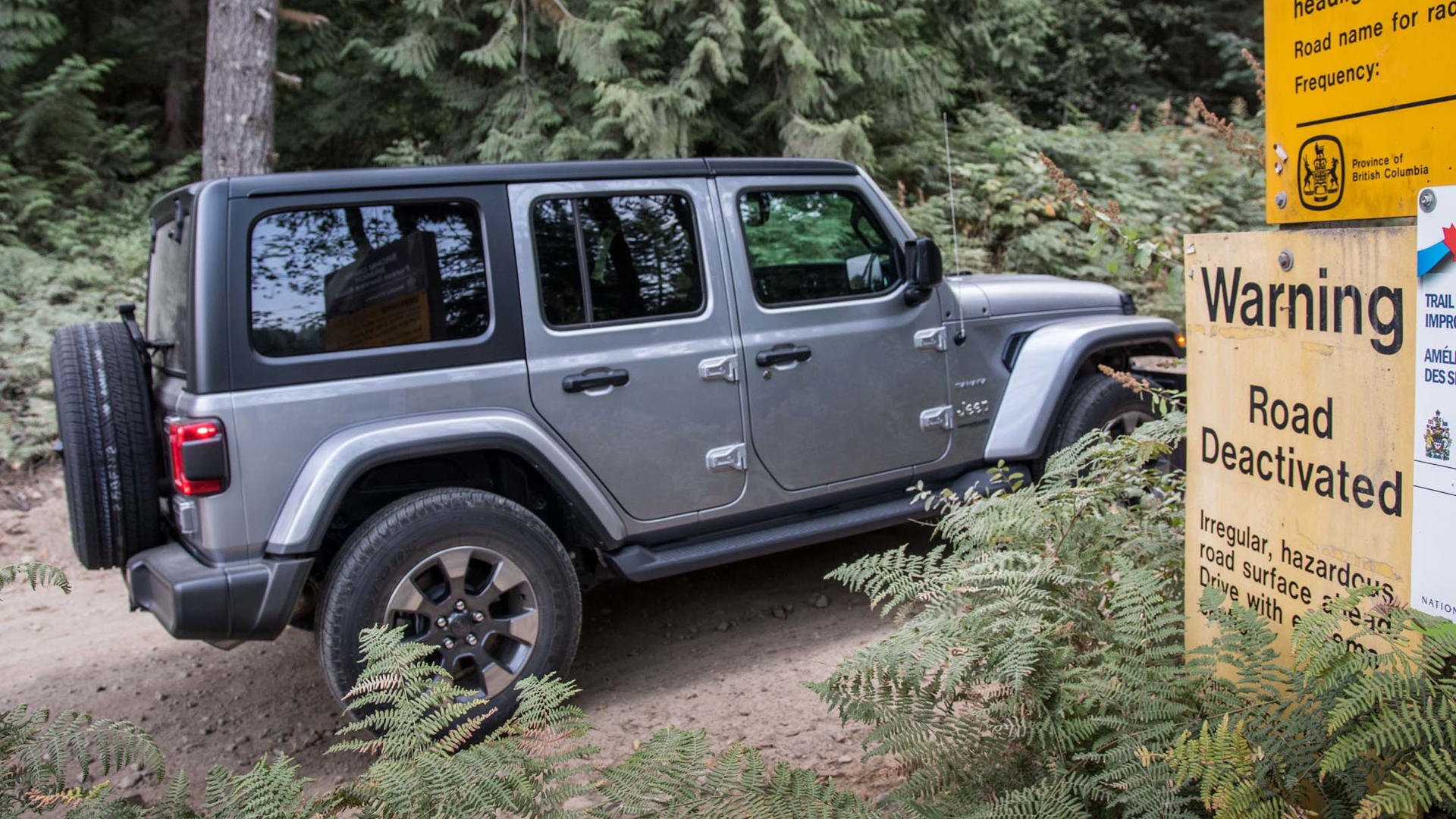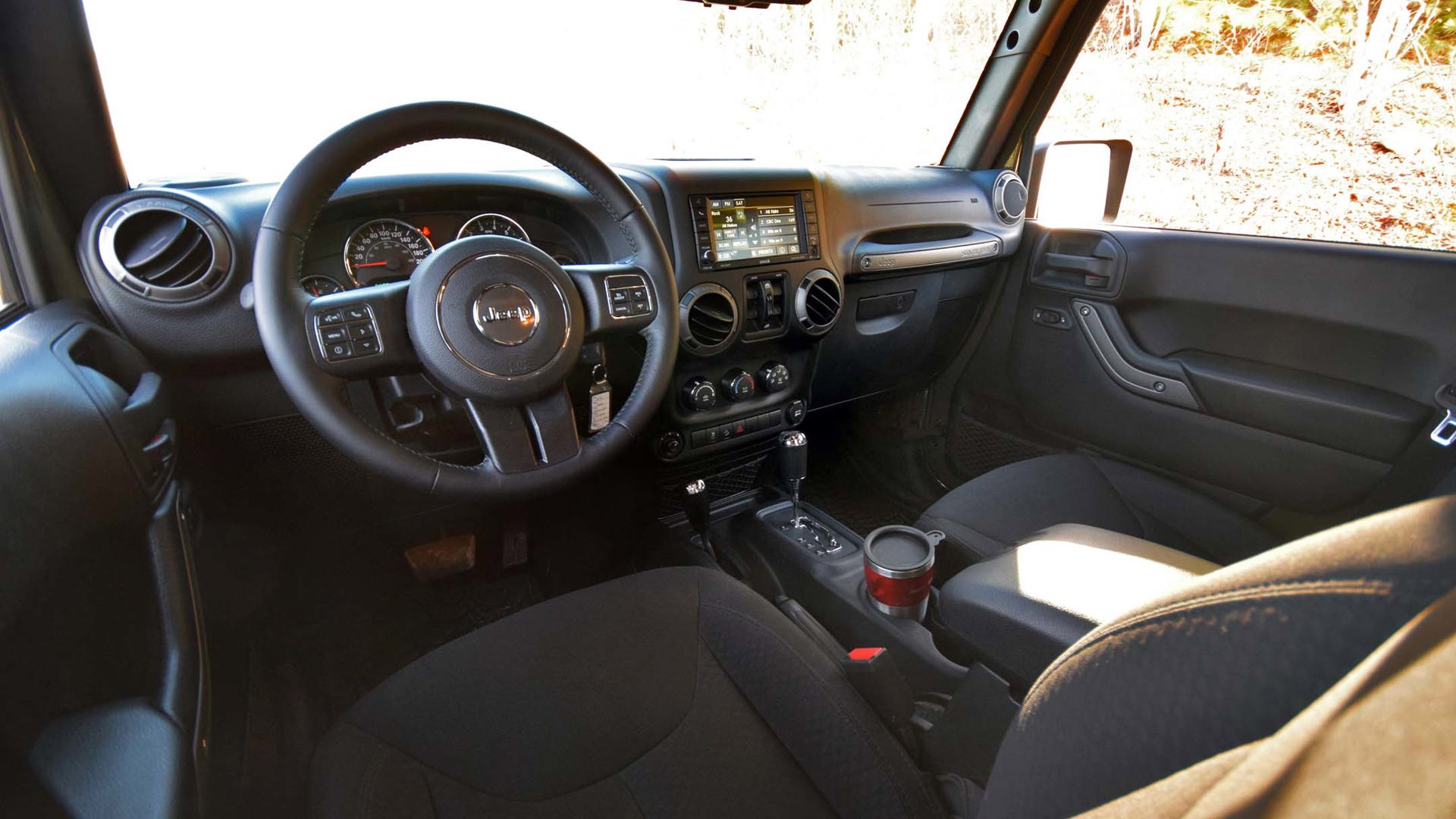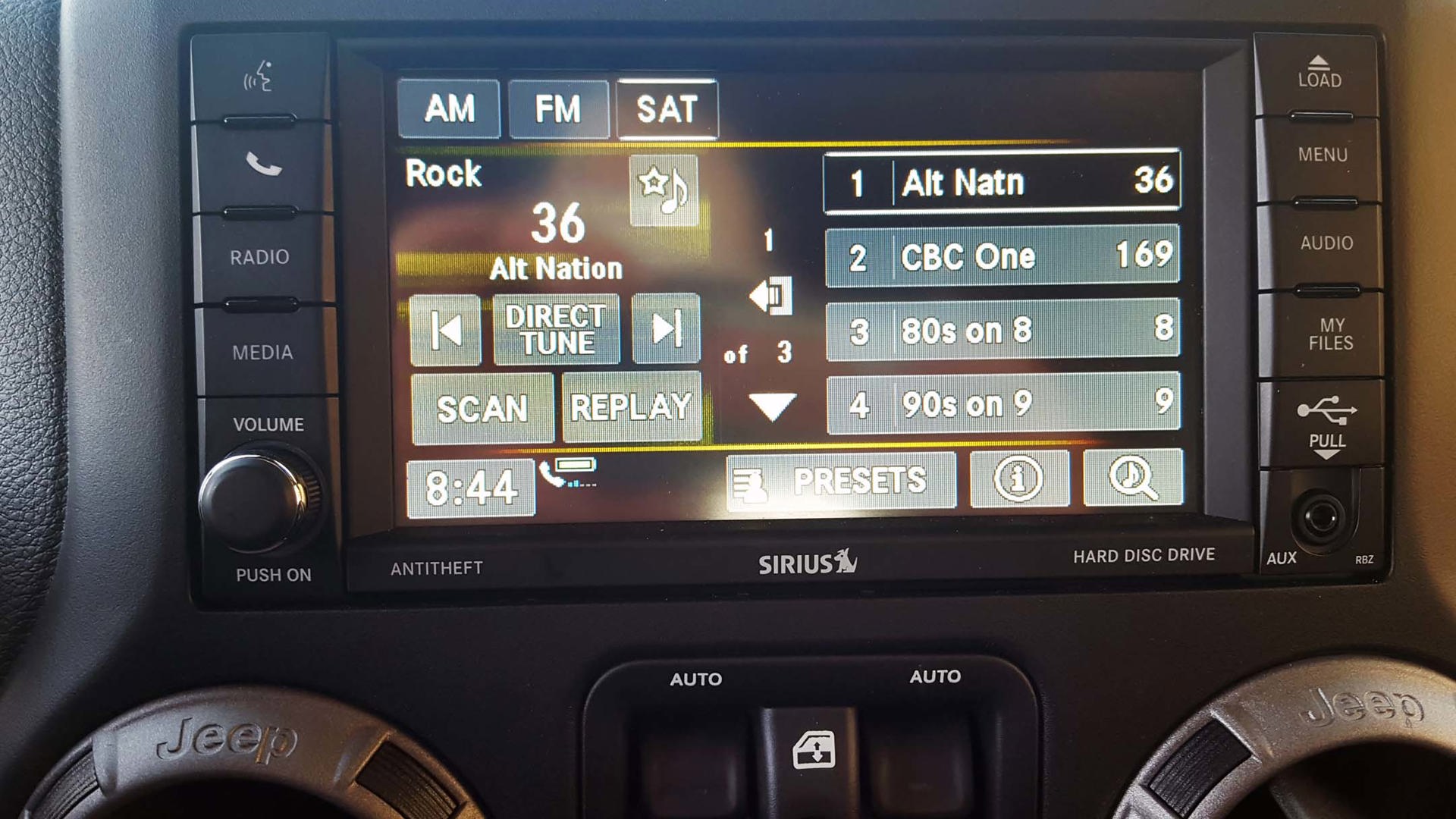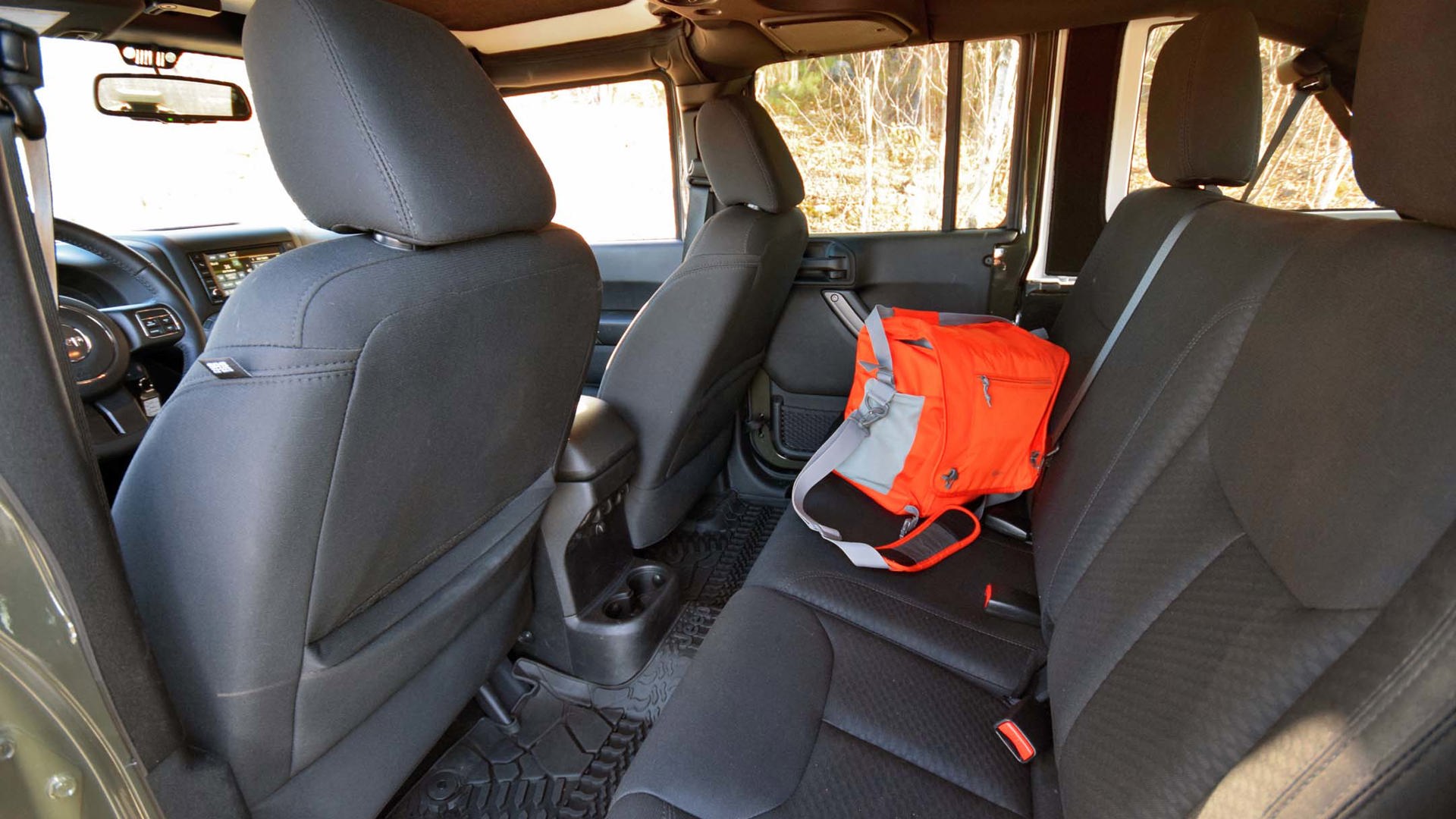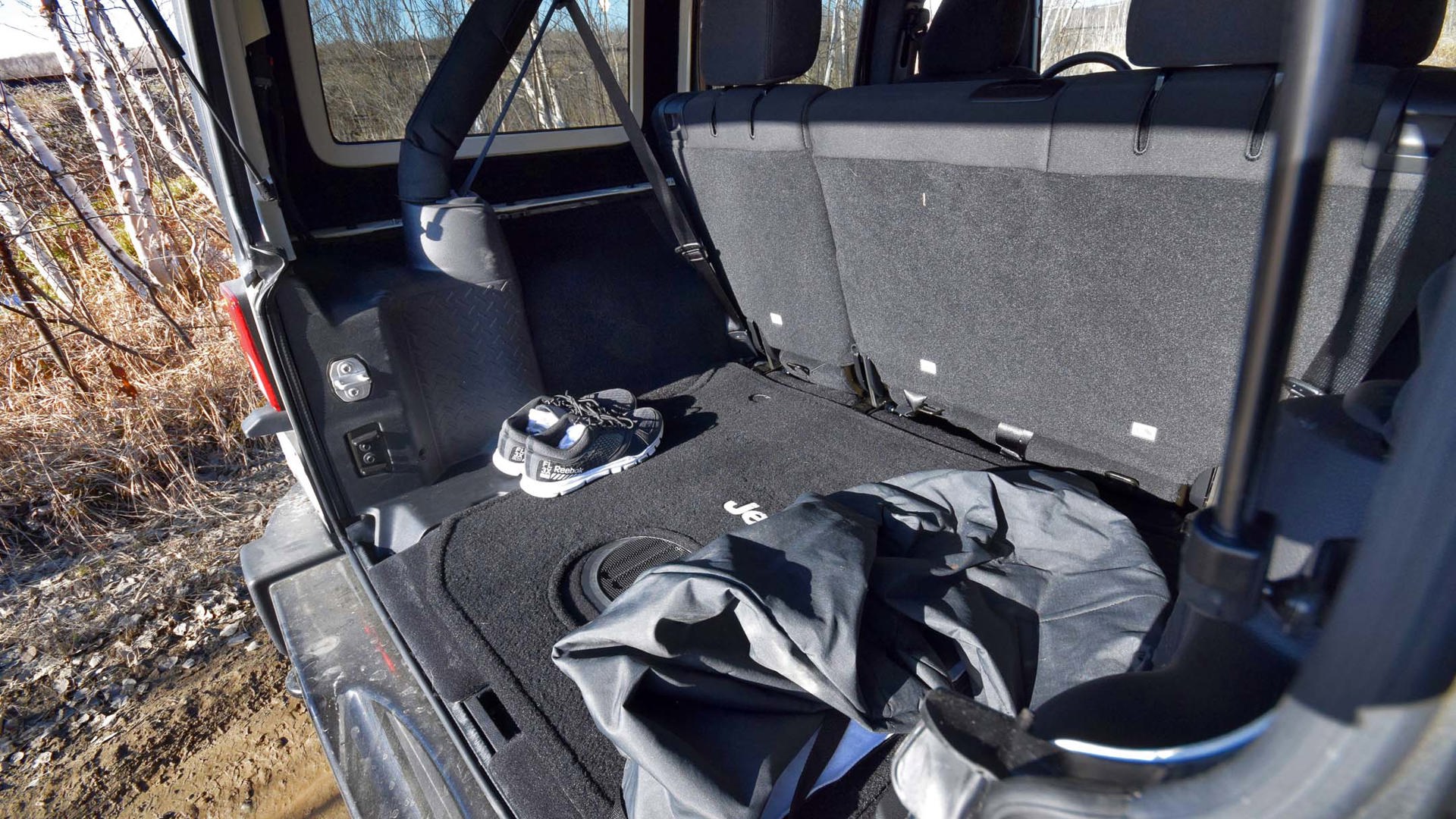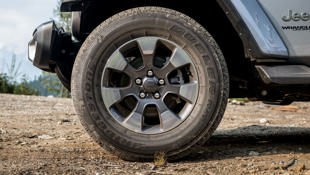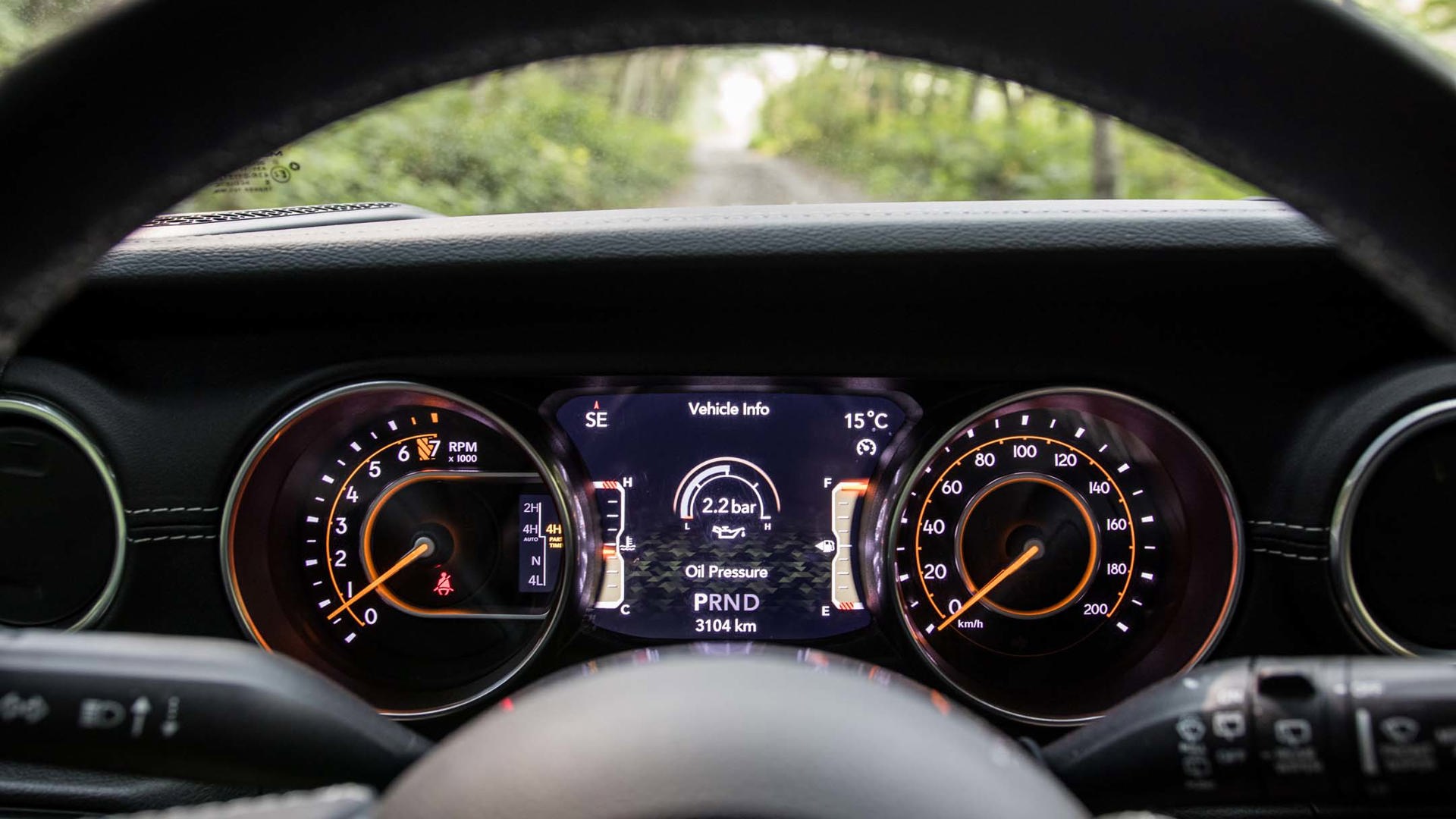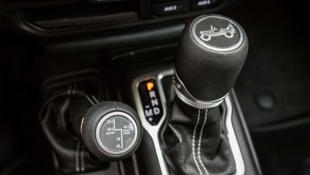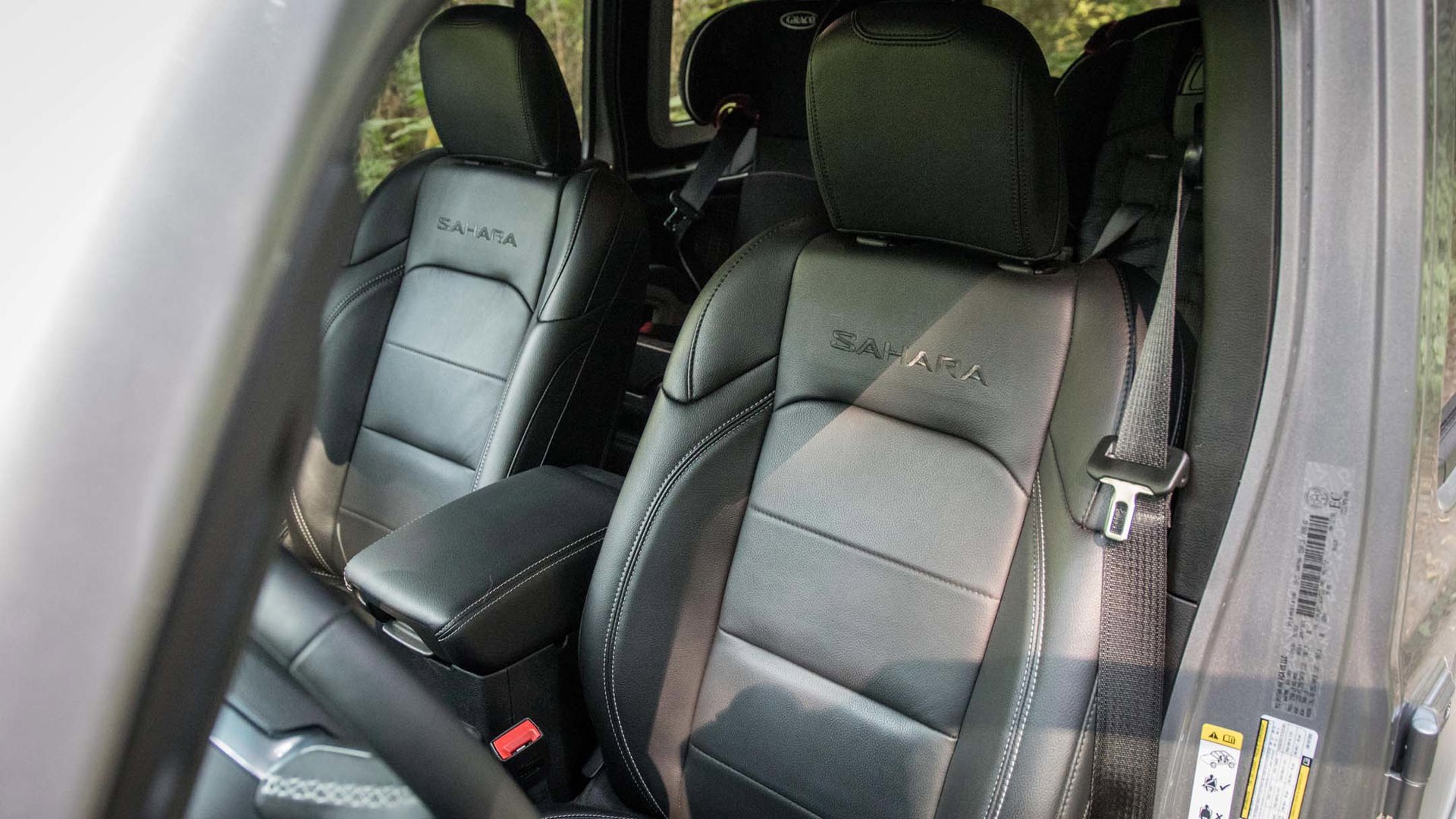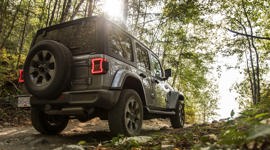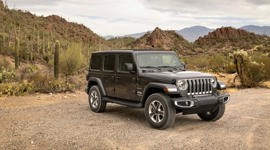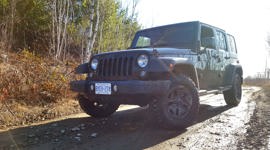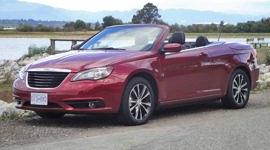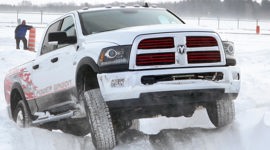Vehicle Type
SUV
History/Description
The last generation of the Jeep Wrangler hit the road for 2008 and sold countless units, many of which are enjoying popularity in the used marketplace – and bearing residual values to match. But it’s the 2012–2018 version that’s worth seeking out for its improved engine.
Known amongst fans by its JK model designation, this version of the popular Jeep model was available in two- and four-door bodies, and in a multitude of trim grades with various add-ons, options packages, and convertible tops.
Feature content may include push-button start, remote start, heated leather seats, premium lighting and stereo provisions, a touchscreen central infotainment interface, a back-up camera, navigation, automatic lights, automatic climate control, and more.
Engine
For this review, we’ll be focusing primarily on the part of this Wrangler’s generation that used the Pentastar 3.6L V6 engine – all JK units from 2012 and on.
In this application, the award-winning V6 generated 285 hp and could be teamed up with either manual or automatic transmissions. All units are four-wheel-drive.
What Owners Like
Owners typically rave about the Wrangler’s toughness, capability, heavy-duty feel, and go-anywhere-anytime attitude. The unique looks and quirky drive are part of the Wrangler’s charm for many drivers, and the availability of plenty of high-grade feature content drew many shoppers in. Notably, the new-for-2012 V6 engine is a smooth and punchy performer with power to spare, and should turn in notably improved fuel efficiency for drivers upgrading from pre-Pentastar Wranglers.
What Owners Dislike
Common complaints centre around a jiggly ride, wind noise at highway speeds, heavy fuel consumption, and the lack of stops in the door hinge mechanism, thanks to the removable door setup. Rear-seat headroom and legroom should be assessed before your purchase, too – average-sized rear-seat occupants should fit just fine in an Unlimited model, but taller or longer-legged folks may quickly run out of space.
Pro Tip: Check the Fluids
If in doubt, swap it out. Especially on higher-mileage units – and for all units with unclear servicing history – consider having all fluids changed out and replaced for maximum peace of mind. Use by previous owners in a severe setting may necessitate the need to increase the frequency of fluid changes, and certain off-road conditions create elevated risk of fluid contamination. Translation? Fresh fluids are the life-blood of any vehicle, so change out any you can’t confirm that they’re fresh.
Pro Tip: Confirm Service History
Assume any remaining factory warranty coverage to be null and void until you’ve got full service records that line up against the maintenance schedule in the Wrangler owner’s manual. If the seller doesn’t have these on hand, the servicing dealer can typically reproduce them upon request. If you ever need to make a warranty claim, you’ll need to prove that all maintenance is up to date. Without full service records, your warranty may be compromised.
The Test Drive
Leaky Oil Cooler
Based on several dozen pages of discussion in a popular Jeep Wrangler owner’s forum, shoppers are advised to be on the lookout for a visible oil leak beneath the Wrangler at or near the area where the engine and transmission are joined. Oil spots on the vehicle’s parking place may also be observed.
Some owners have had faulty oil coolers and associated componentry replaced under warranty. Some of these owners say that multiple revisions of the affected component were required to stop the leak. Thankfully, this issue should be easy to spot during a routine pre-purchase inspection (PPI) by a qualified technician.
Leaky Oil Filter
Another potential issue to be on the lookout for is leaky oil filters and the associated components nearby; this may tie into the previous tip. Some owners have reported damage to – or failure of – the pressure-relief valve, located just beneath the oil filter, when an oil change is performed.
This seems most likely to occur under warranty, and isn’t something you’ll be able to check for on your test drive unless there’s some visible oil leakage. If in doubt, have it checked out – and leave oil changes to the dealership for maximum peace of mind.
The Death Wobble
The name is fairly dramatic, but some owners have reported a potentially serious wobble from the suspension of their Wranglers at certain speeds, which can negatively affect vehicle handling and safety. This wobble will be highly apparent during a test drive if present, so be sure to spend time driving at various speeds. Note that suspension problems like this may be more likely on units with non-factory suspension parts, or with a factory suspension that’s in need of mechanical attention.
In some cases, owners say that road-force tire balancing is an effective solution, though it requires the use of a special machine that some tire shops and dealers do not have. In any case, if you notice any unsettling handling or wobbling on your test drive, have the unit assessed professionally or move on to another one.
Coolant Levels
Plan to check the coolant condition and level of the JK you’re considering on a test drive, or have a technician do it for you if you’re not sure how. Some owners have reported leaky reservoir tanks and bad radiator caps as the causes of a slow coolant leak. Note that low coolant levels may also coincide with the oil leak issues mentioned above.
Diagnostics
If you see a check-engine light (CEL) on the instrument cluster, one or more of several hundred problems has been detected by the engine’s computer system, and a diagnostic scan is required to pinpoint what those problems are.
One possible cause of a CEL is an issue with the Wrangler’s oil pump, which may generate a diagnostic code called P06DD upon scanning. Some owners have reported the need to have their oil pumps replaced, typically under warranty.
Many other issues may illuminate a CEL, and some are serious. If you see one, have a diagnostic scan performed before you buy.
Manual Shifter
If you’re considering a unit equipped with a six-speed manual transmission, carefully observe the operation of the gearshift lever and confirm that it’s relatively free of slop or slack. Some owners have reported a loose shifter, or the ability to spin the shift lever about its axis – a sure sign of a failing or failed bushing in the shifter assembly. In extreme situations, this could leave you stranded.
The Verdict
The majority of owners report no alarming issues with their late-model Wranglers, though second-hand shoppers do have a lengthy list of checks to make for maximum peace of mind.
Note that the problems above are typically reported by a few hundred owners (sometimes fewer), which represents a tiny proportion of overall JK Wrangler production. All of the issues above will be easy to spot on a test drive, and/or via a professional inspection of the unit before you buy.
Safety Ratings
NHTSA: N/A
IIHS: test results
Here’s a lengthy list of recalls.
